Post by kerouac on Nov 6, 2010 12:03:45 GMT -5
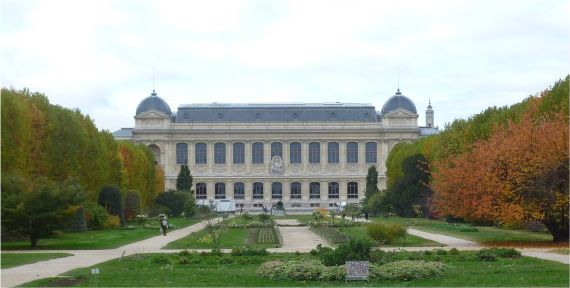
It isn't the same with places I rarely go, and as a non-parent, the Grande Galerie de l'Evolution is one of them. It is a must for anyone with children in France as well as being one of the most obligatory treks imaginable for school groups. I think I went the last time maybe about 8 years ago, so I felt I was due for a return visit, even more so because my ticket for the botanical hothouses entitled me to a discount for any other sites of the Muséum National d'Histoire Naturelle.
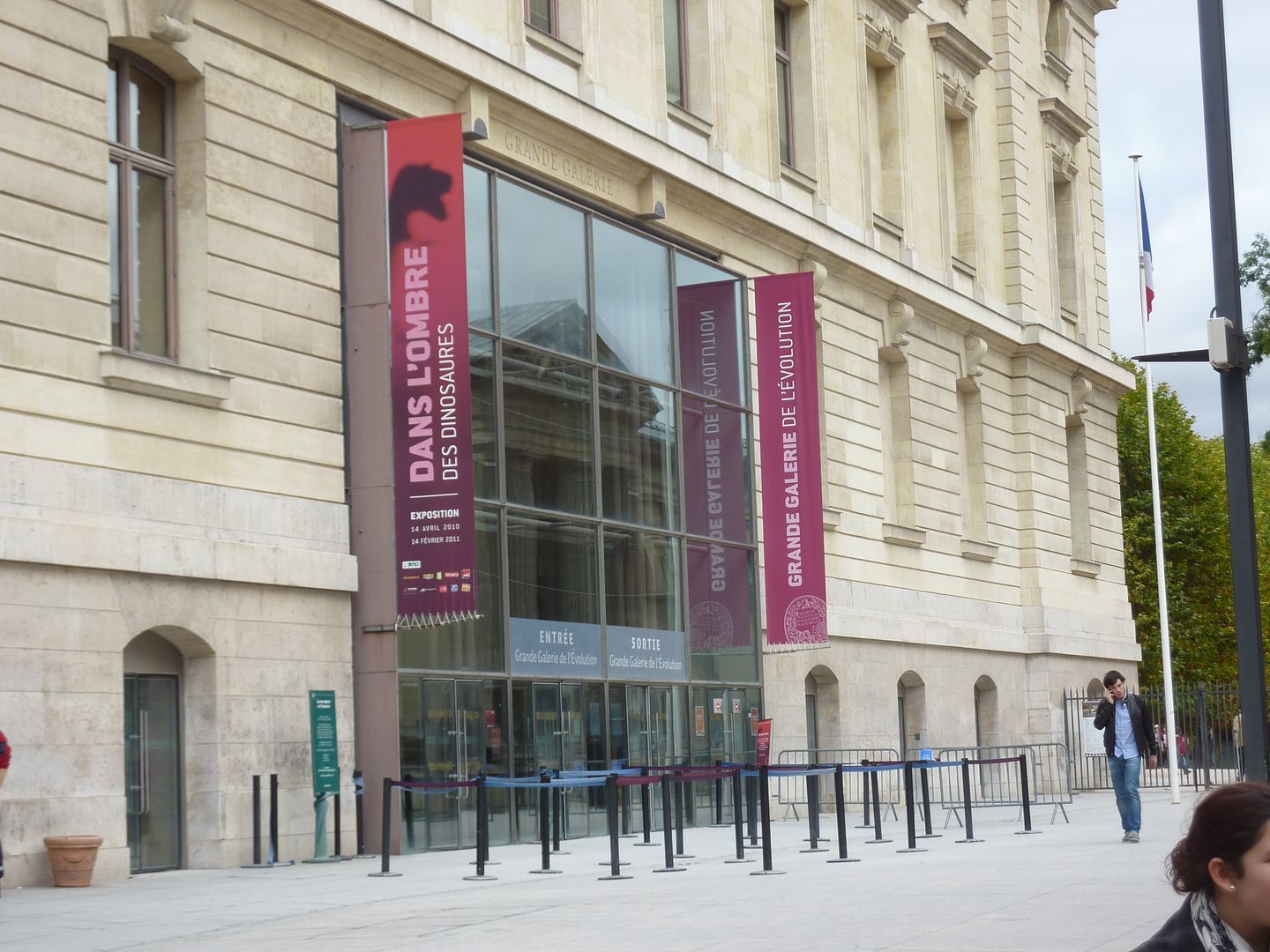
Then the whole place was closed up for a complete renovation. It reopened in 1994. The entrance is on the left side of the building now.
There is no "intelligent design" in this place -- It is 100% evolution, all to the glory of Mendel and Darwin.
The ground level is devoted mostly to sea creatures -- whale skeletons and naturalized fish.
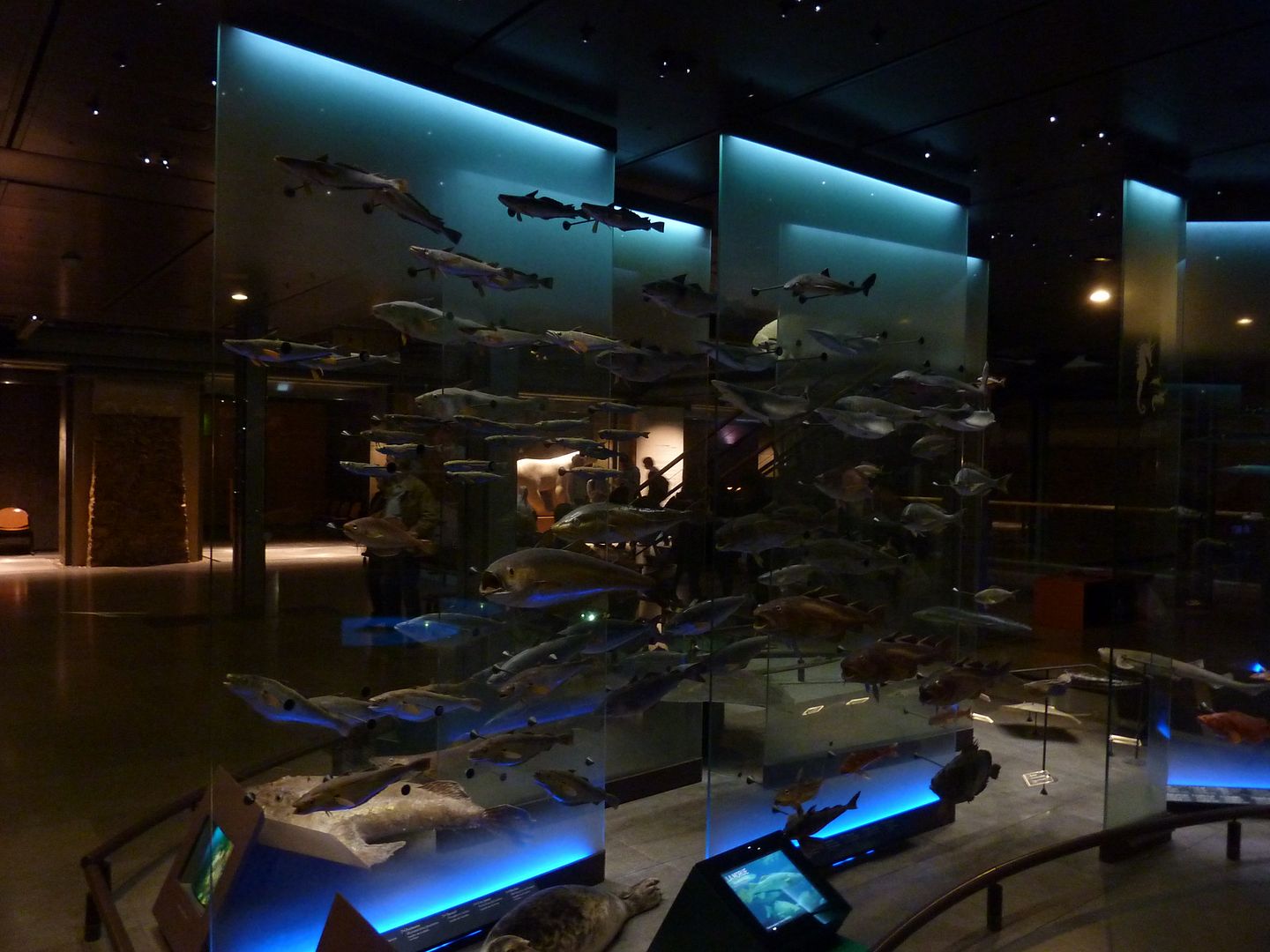
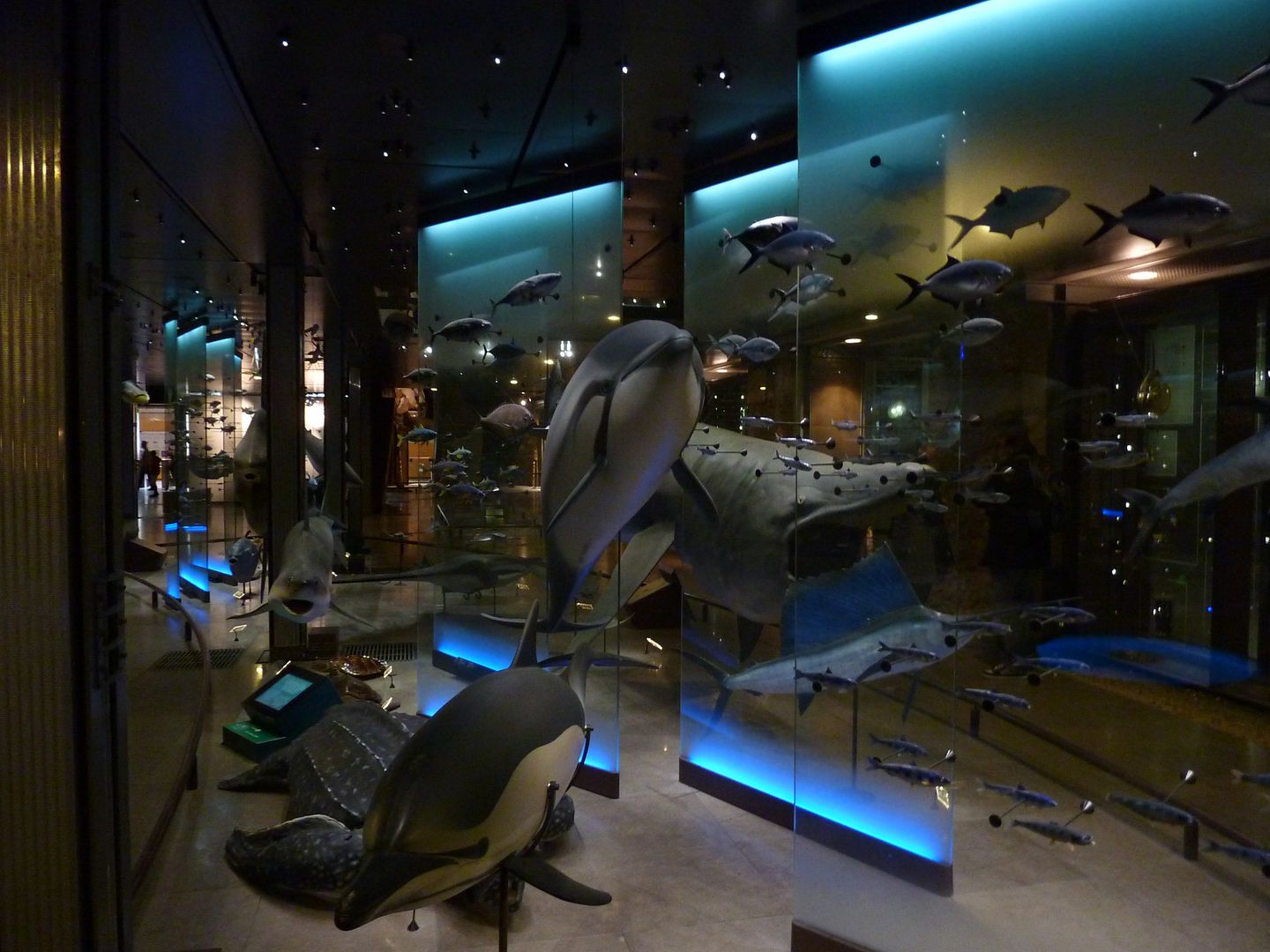
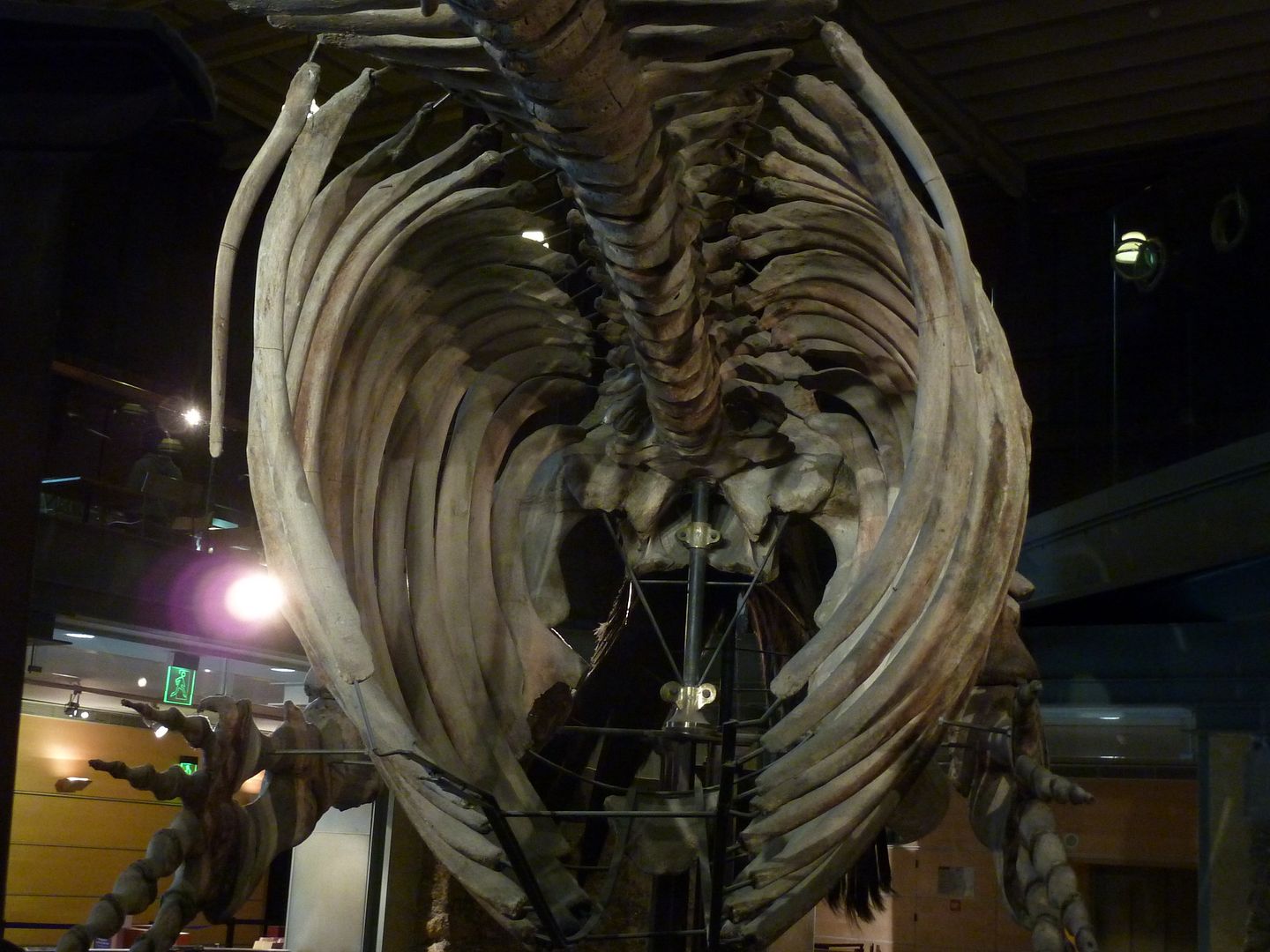
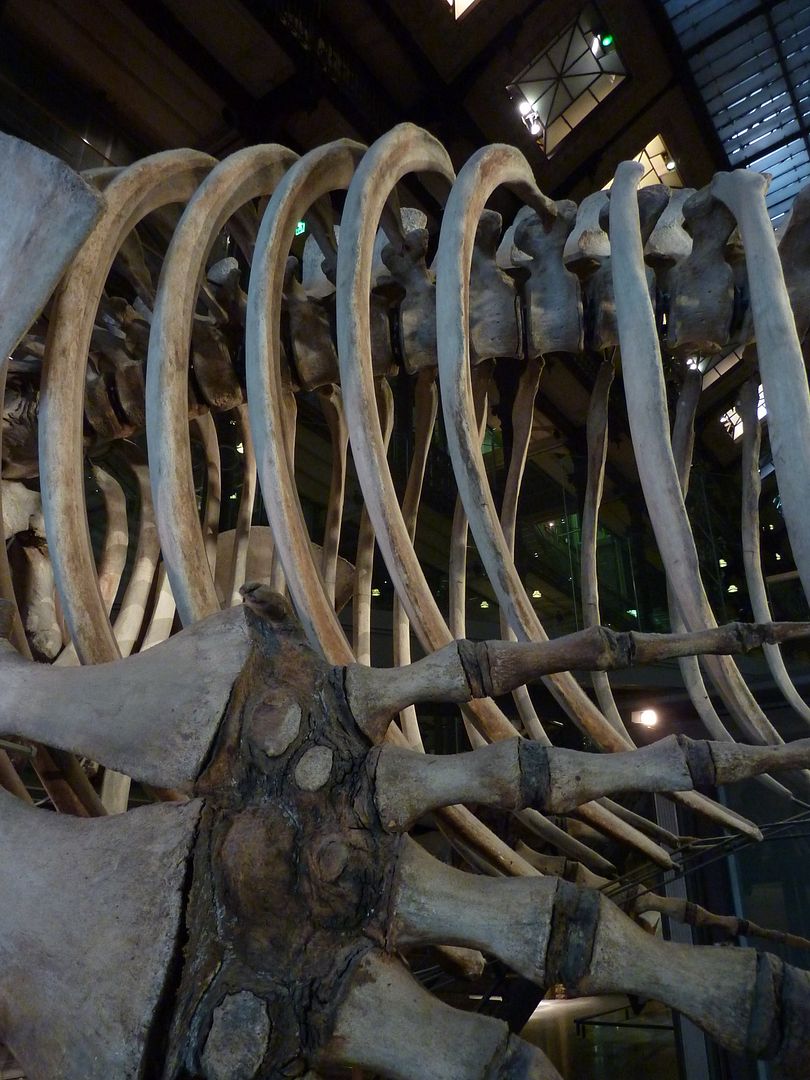
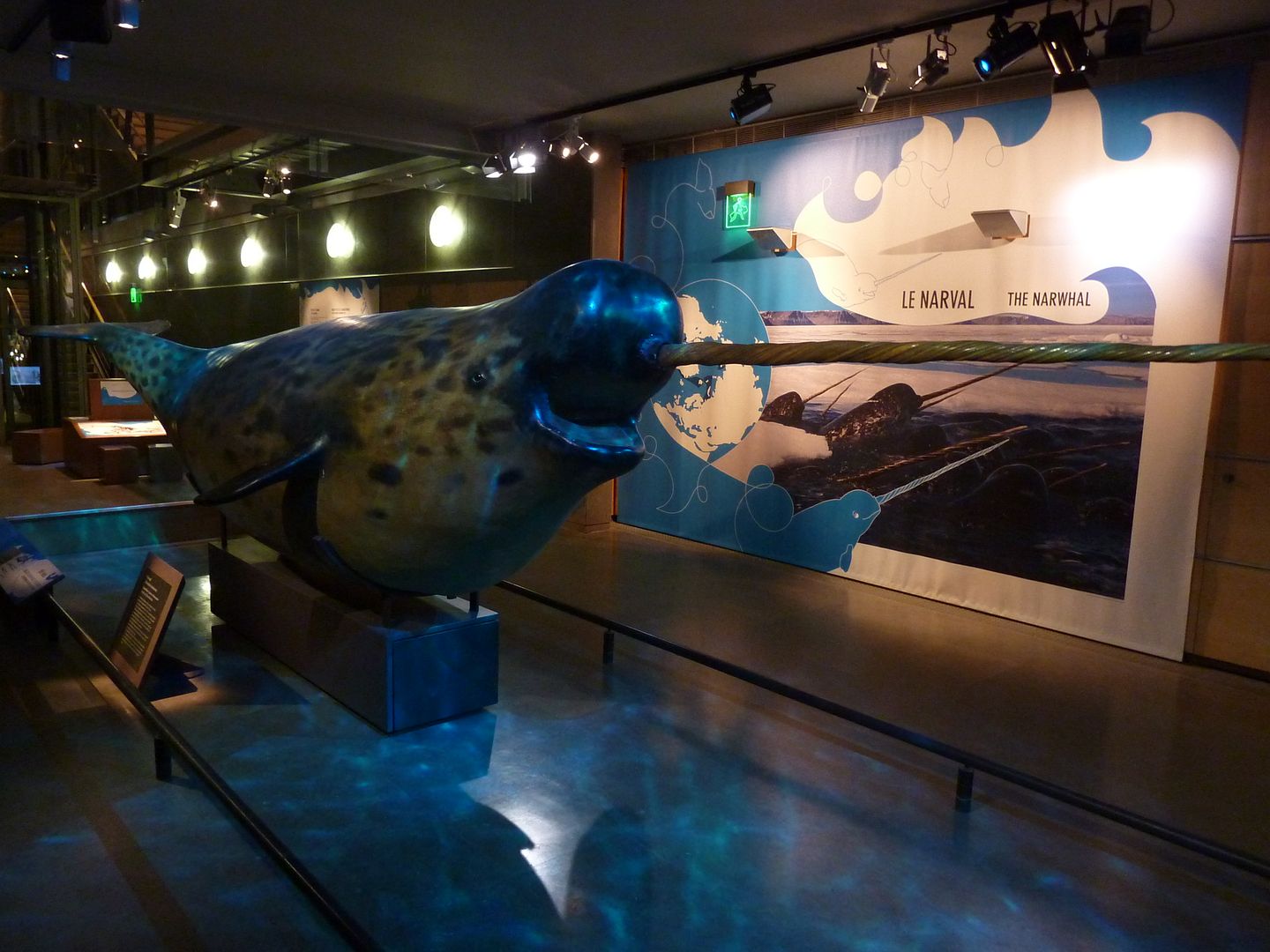
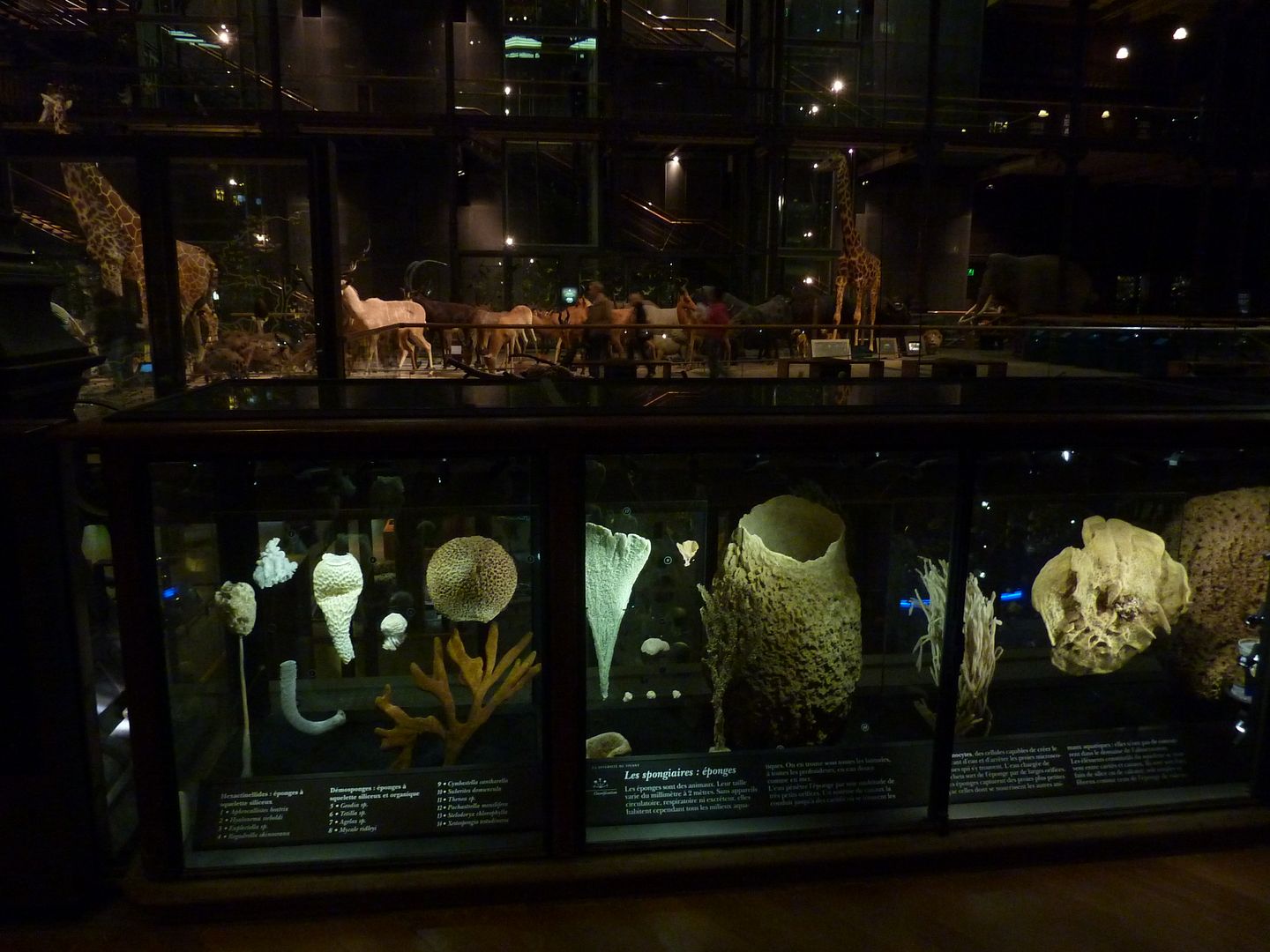
I'm sorry, but I'm as thrilled as a little kid in such places, although I am even more thrilled when I am able to go when it isn't full of little kids.
Sea animals are fine, but I am always impatient to get to the fluffy, furry stuff.
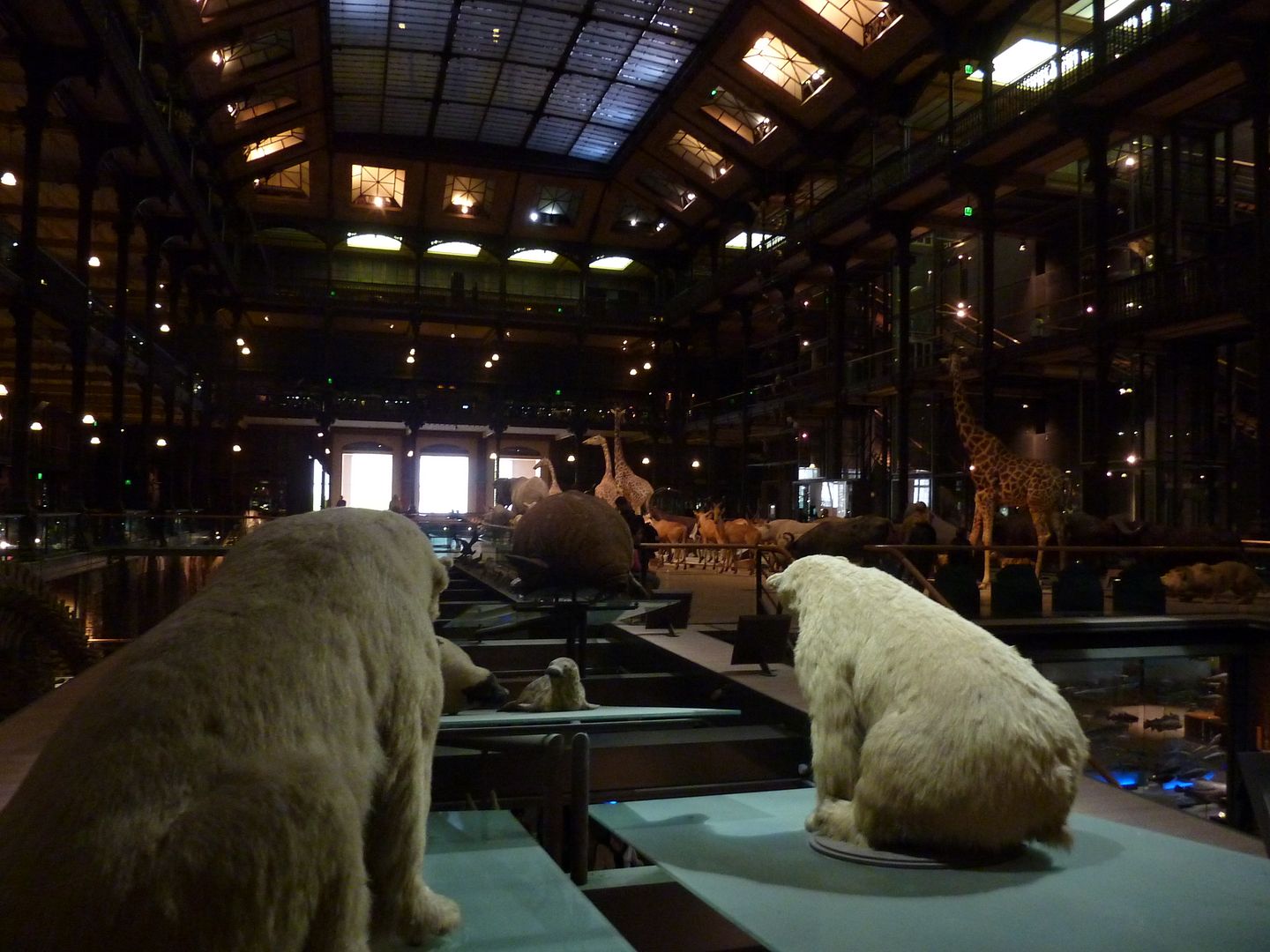
The next level up is where you start getting down to business.
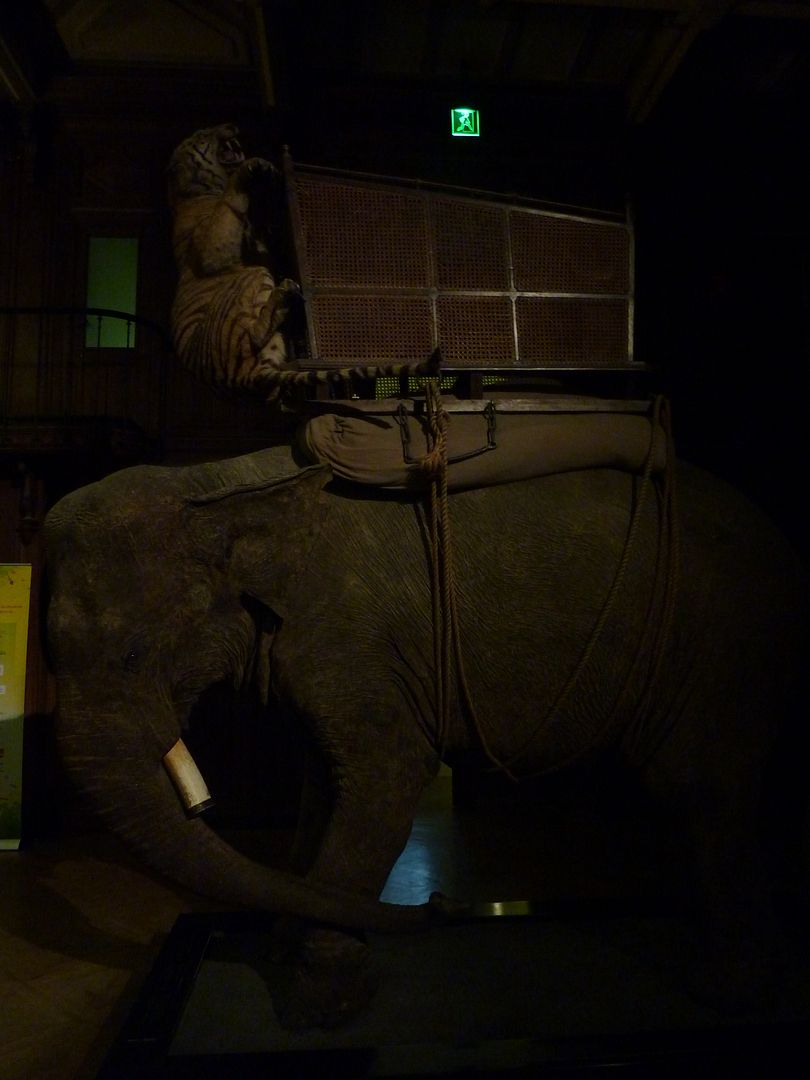
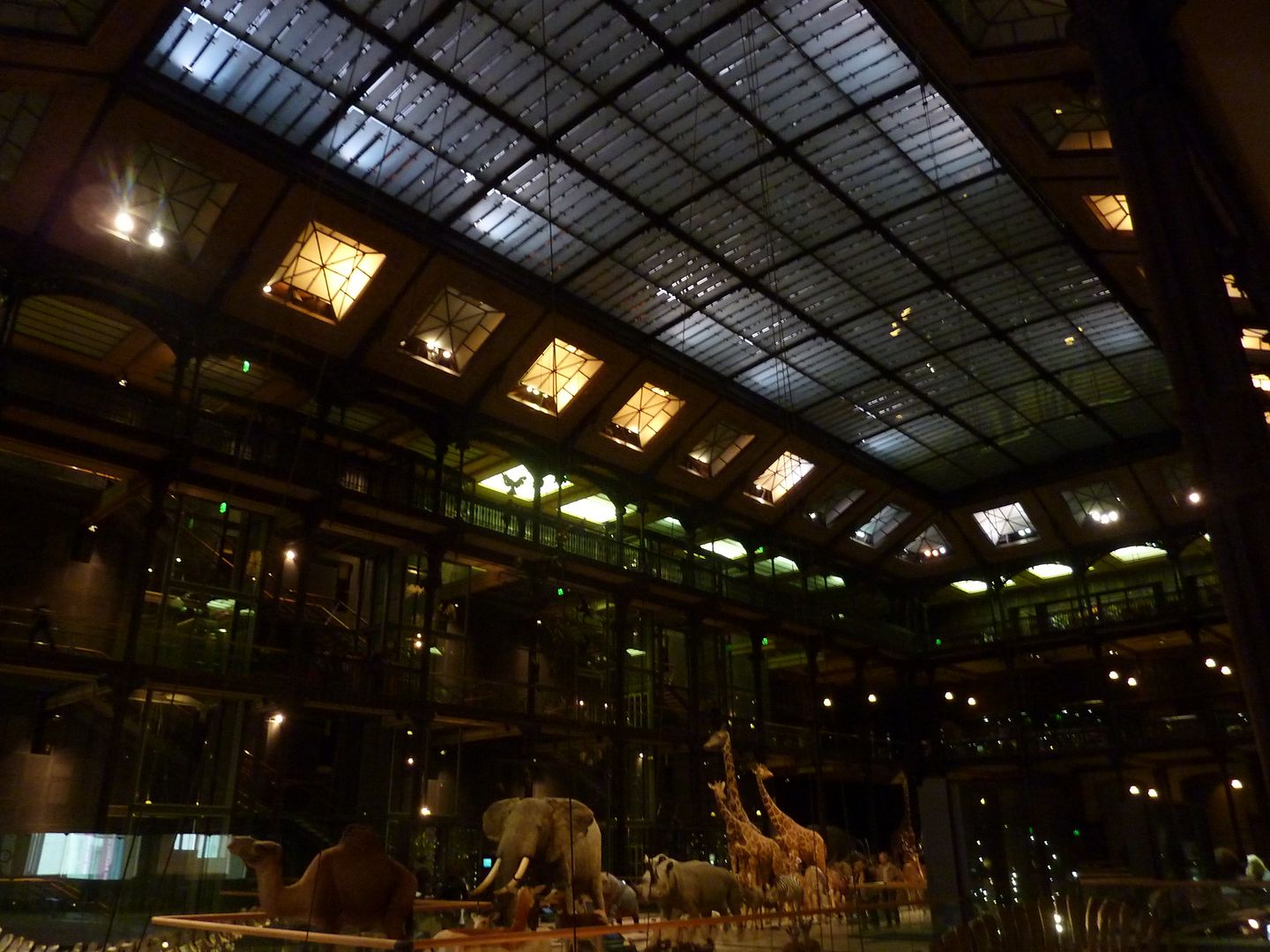

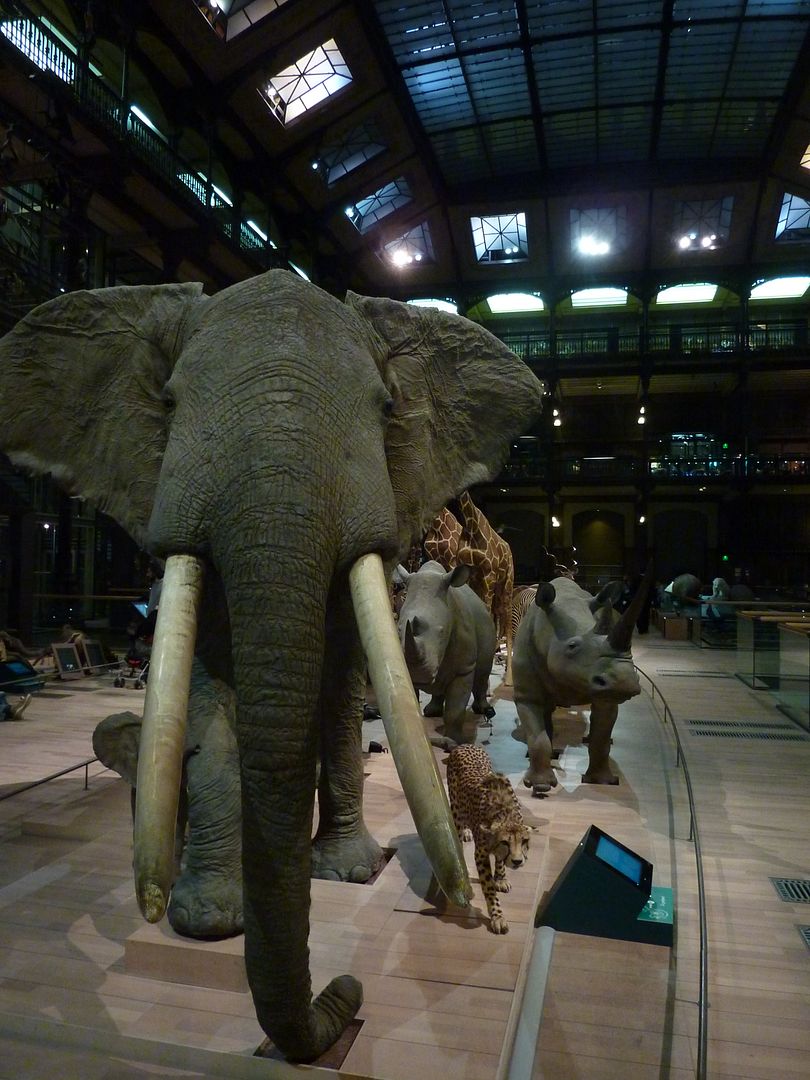

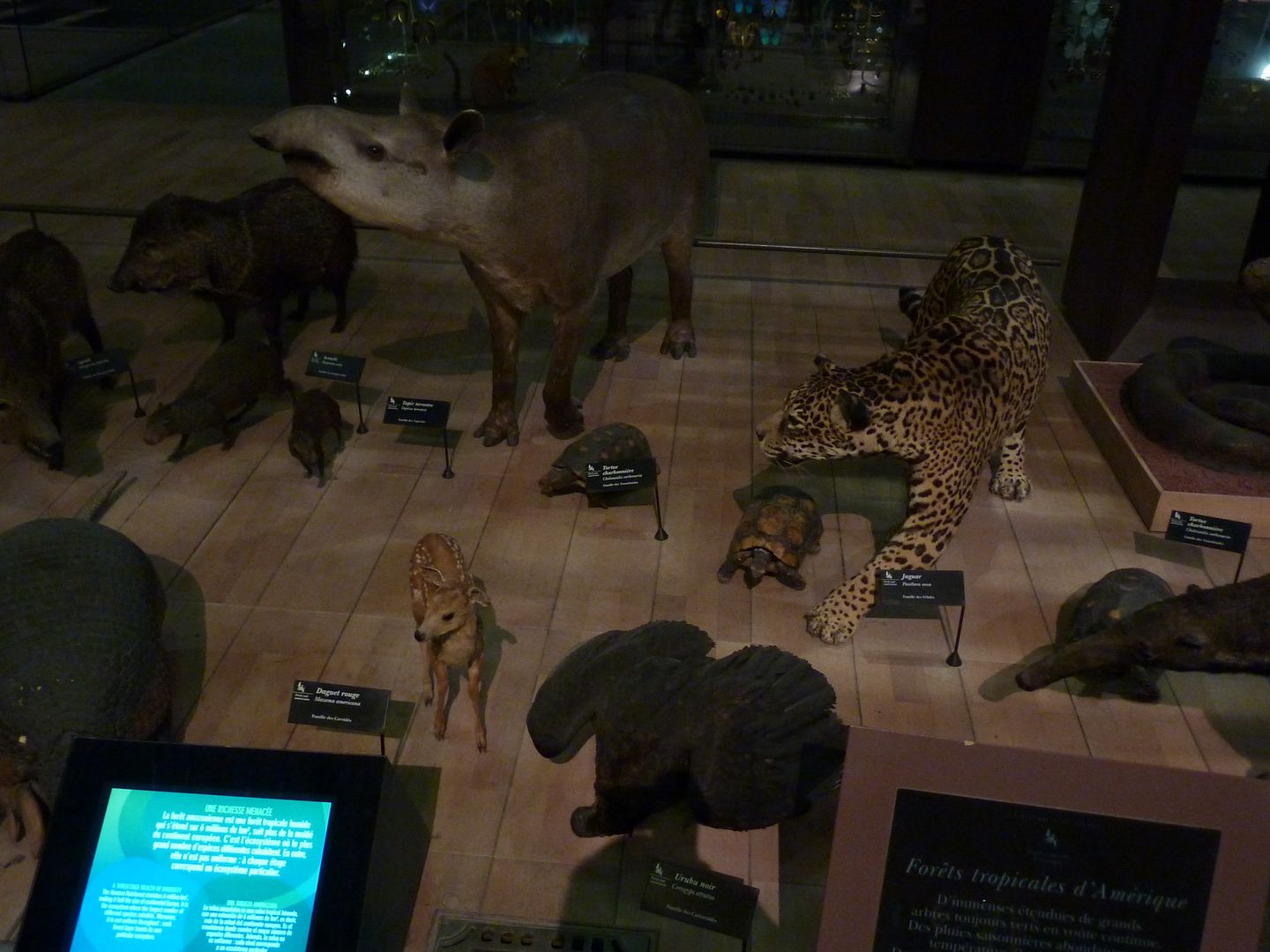
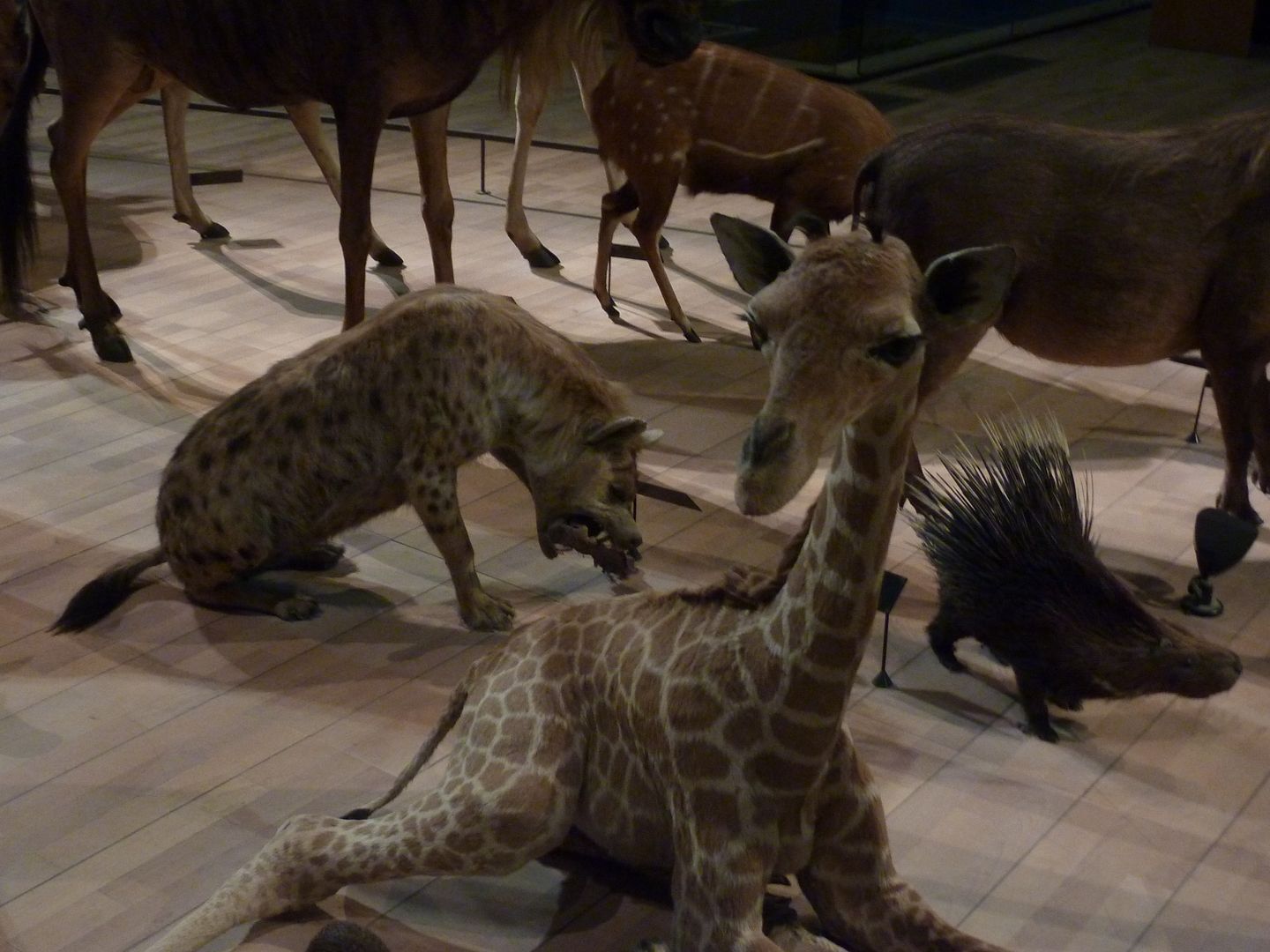
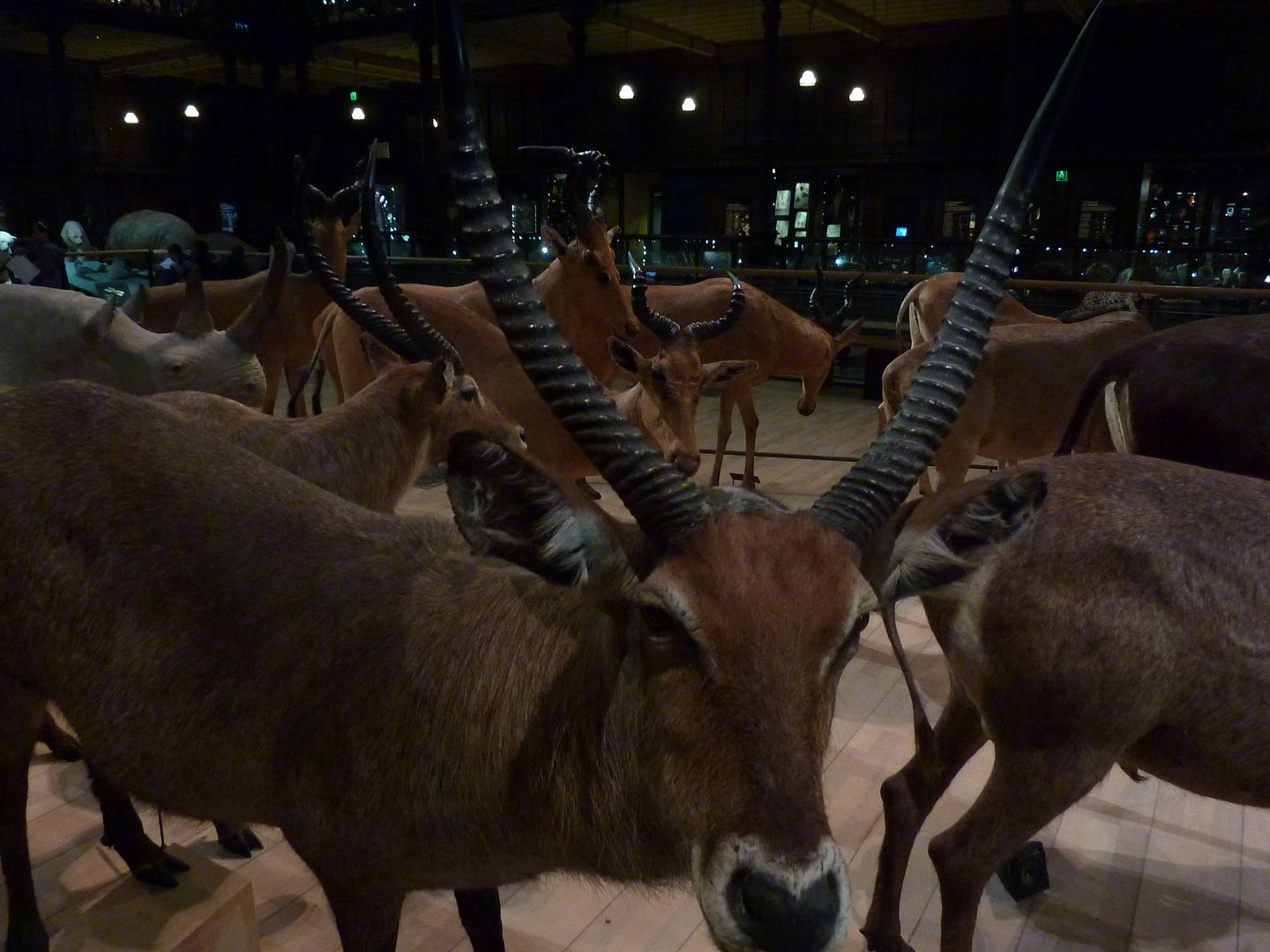
I'm afraid they can't claim that no animals were harmed in the creation of this museum. But they don't seem to hold it against us.
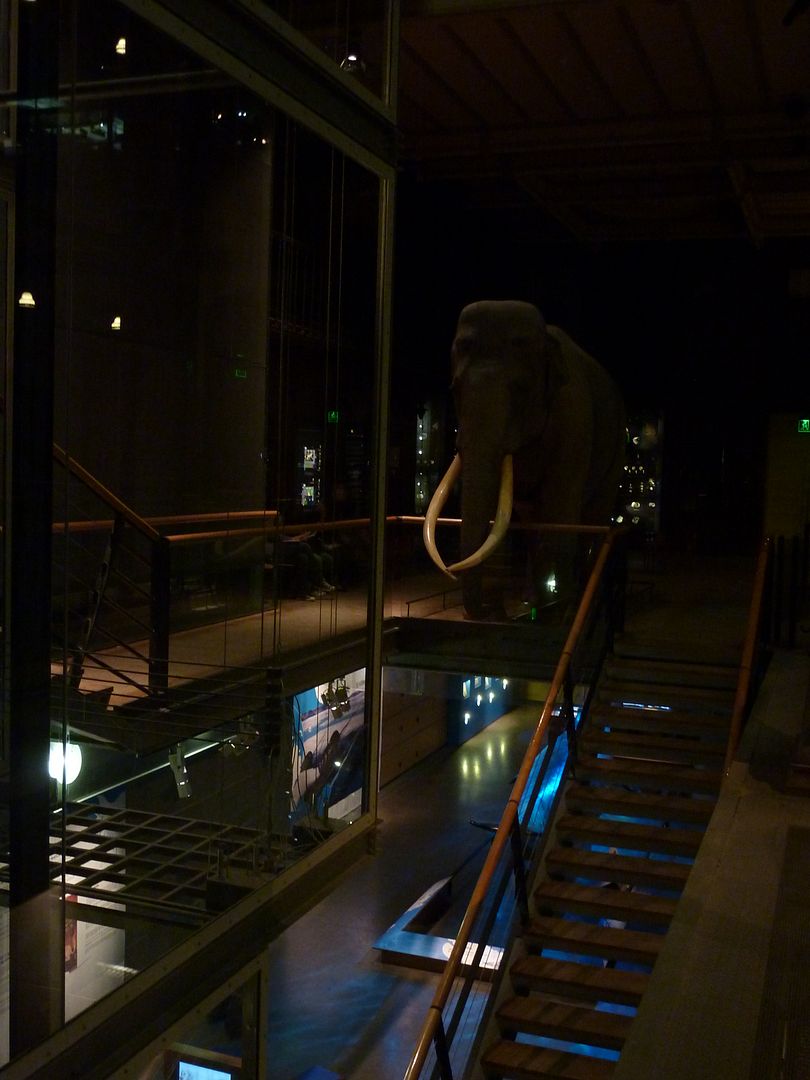
The MNHN has the largest collection of insects in the world --> more than 100 million specimens


 . 15 million are still waiting to be fully studied. I remember going to a special exhibition many years ago which displayed insects. Wow, you really had to squint to see a lot them. I remember learning that fleas are among the only serial rapists of the animal world. Those poor lady fleas!
. 15 million are still waiting to be fully studied. I remember going to a special exhibition many years ago which displayed insects. Wow, you really had to squint to see a lot them. I remember learning that fleas are among the only serial rapists of the animal world. Those poor lady fleas!Anyway, in the Grande Galerie, there are a few insect interludes, but generally creatures big enough for you to appreciate.
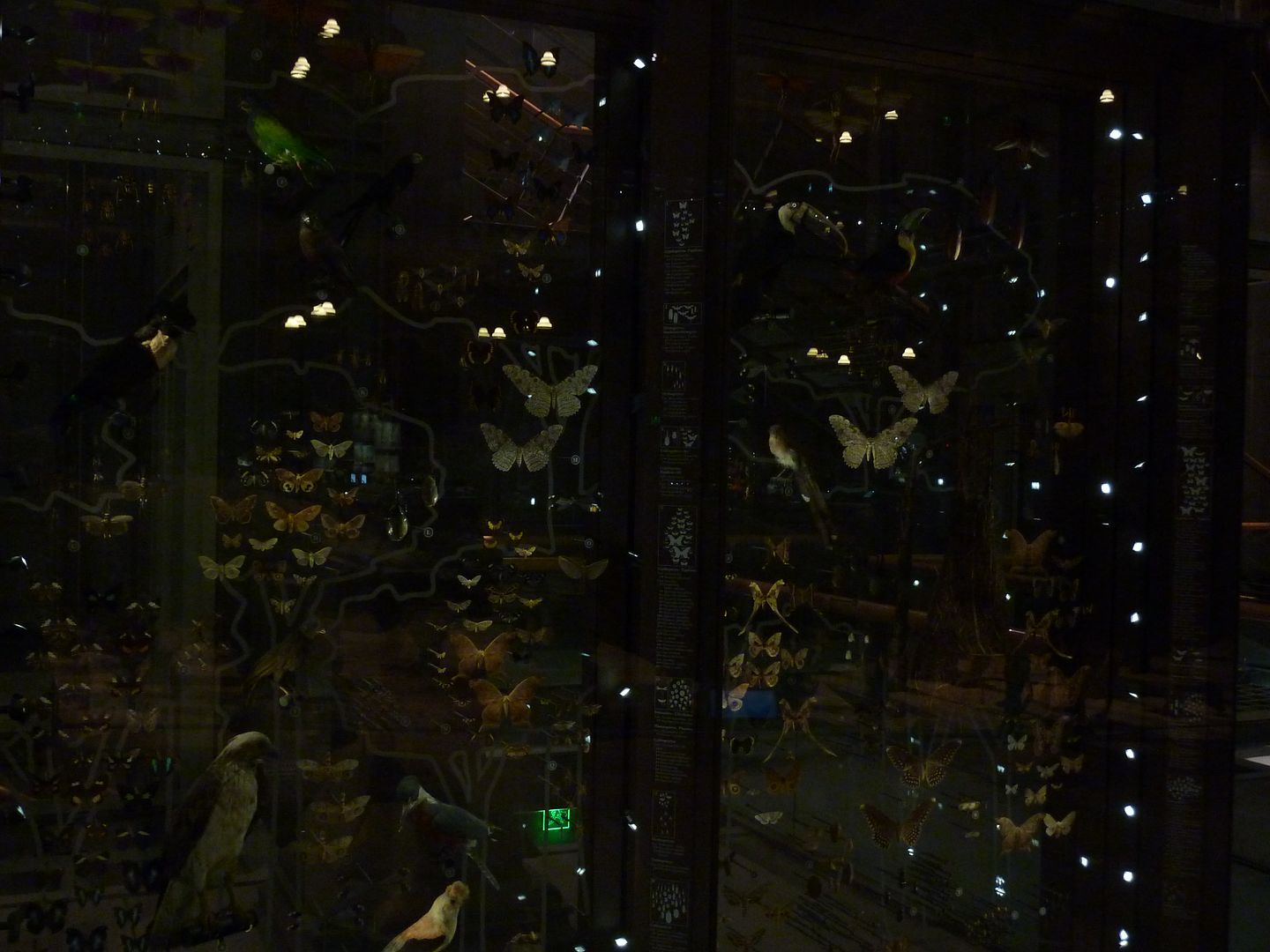
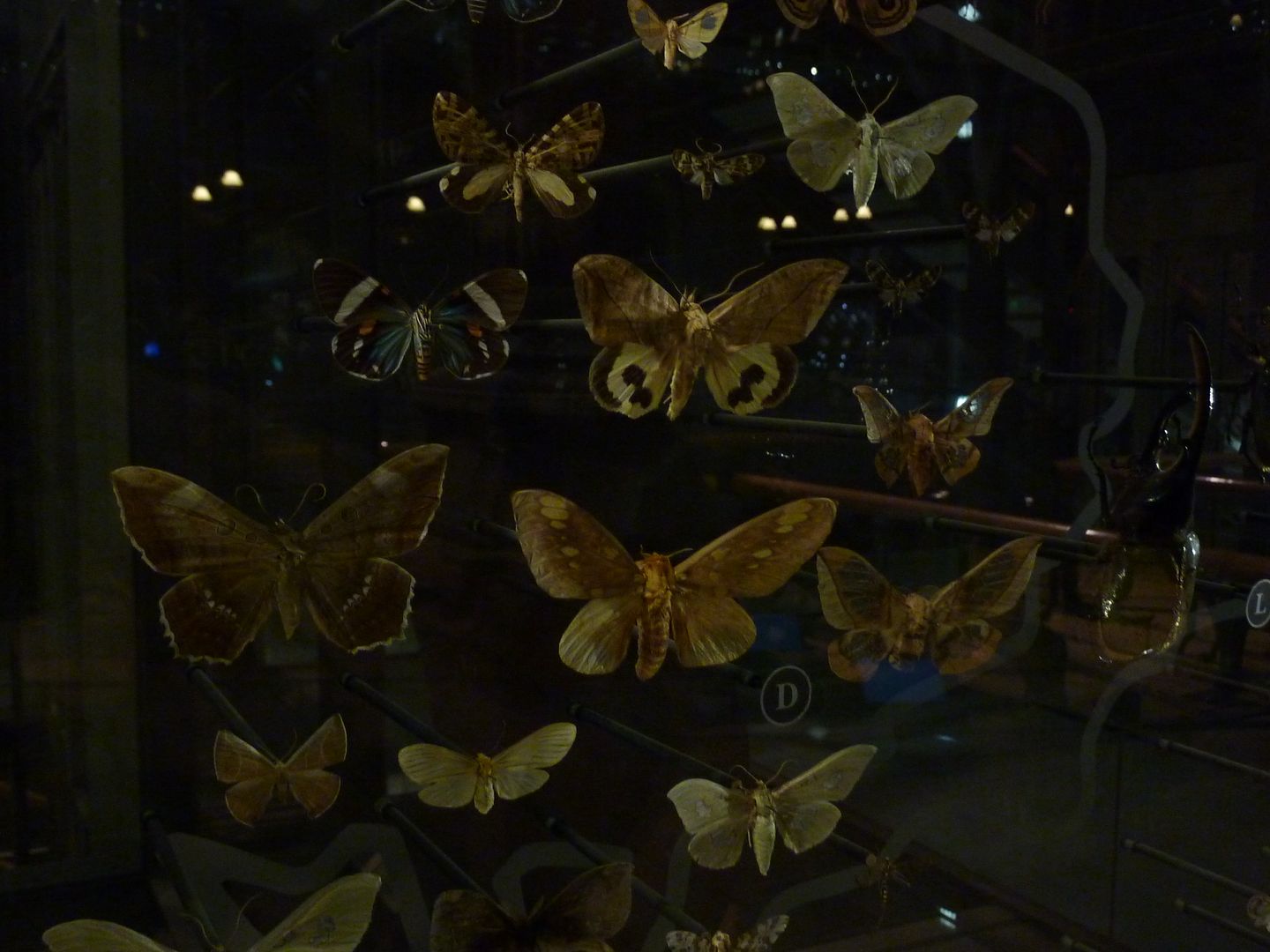
I went up another level. It's impossible not to keep looking at the African parade as you ascend.
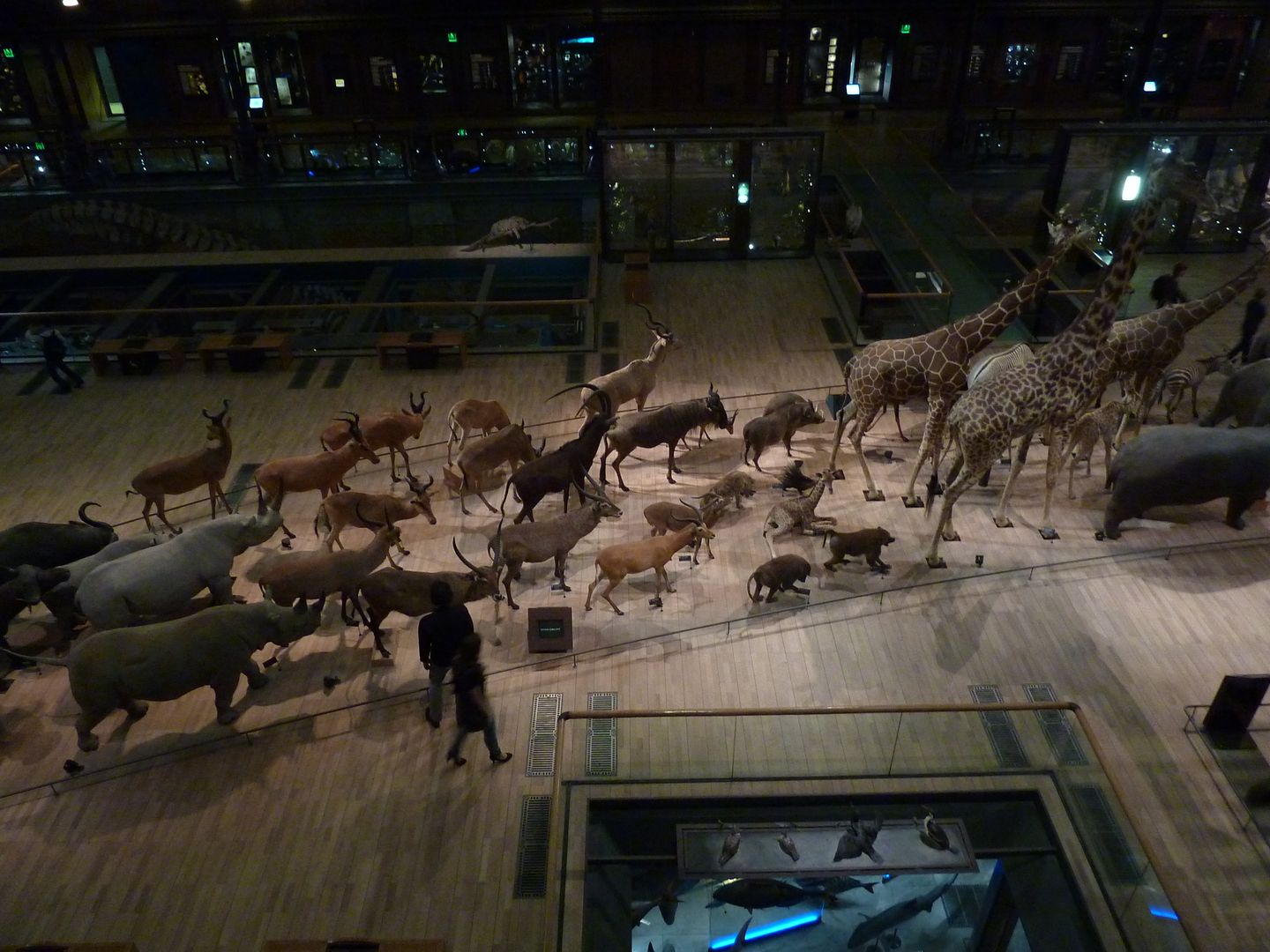
Other animals are always awaiting you in any case.
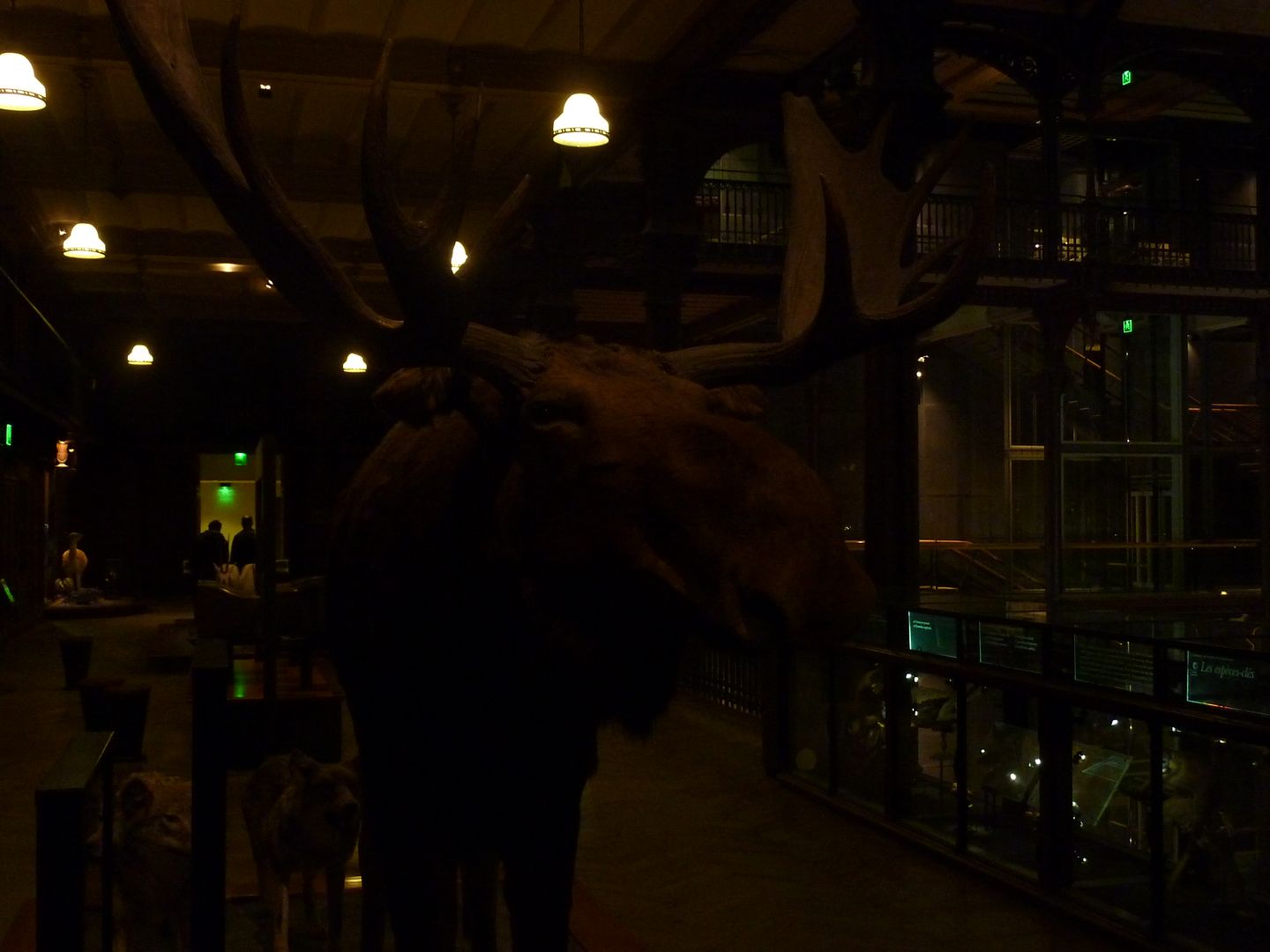
But I knew that what I wanted to see again at the next level was a side gallery that had impressed me immensely in the past -- the gallery of extinct and nearly extinct animals.
The dodo greets you at the entrance. It is perhaps the most cruelly exterminated animal in history, and it was done so fast that there is not even a single stuffed example preserved. The gallery can only present a plaster cast, made from a dead dodo hundreds of years ago.
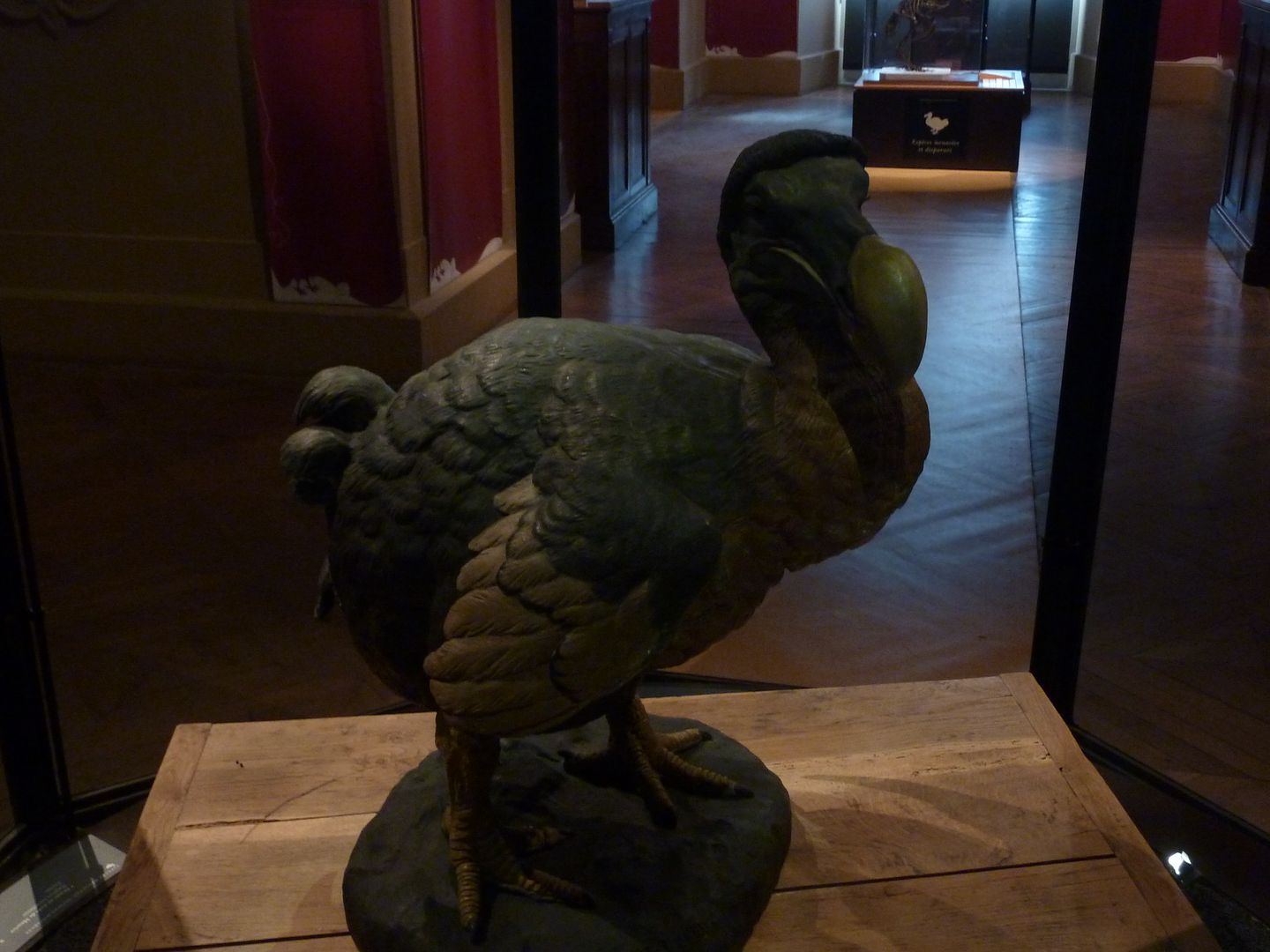

The gallery of extinction is somber and dark (yes, I know that is a bit redundant, but there is a slight nuance), so you'll have to excuse the quality of the photos. Digital cameras work miracles in dark places where you can't use a flash, but they are only partial miracles.

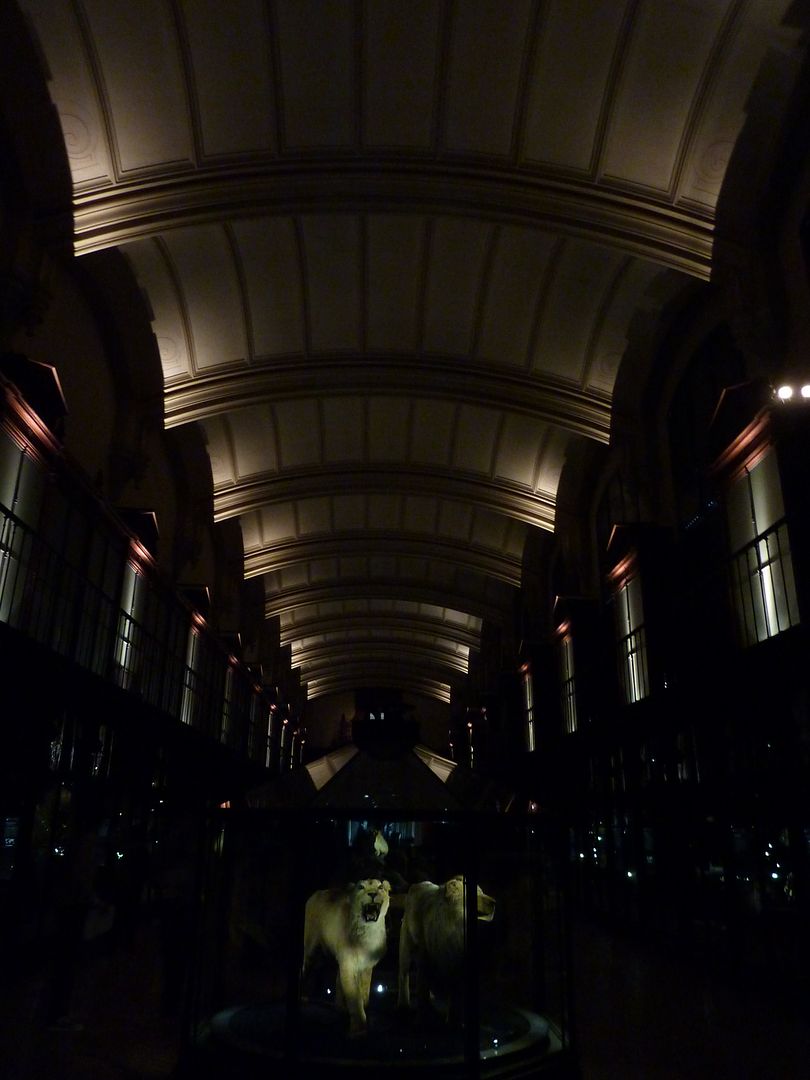
 ecaps ecaps ecaps
ecaps ecaps ecaps 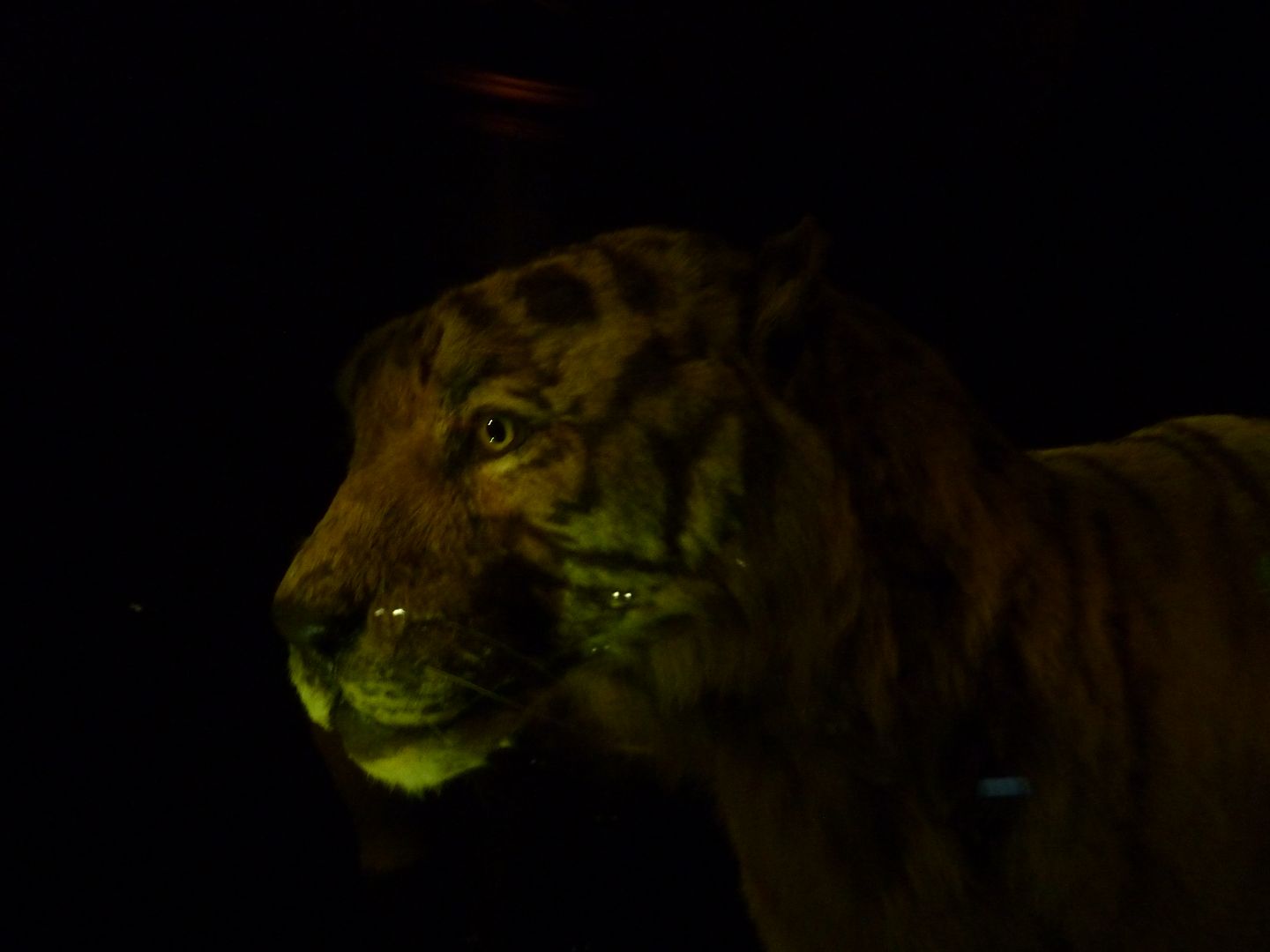 ecaps ecaps ecaps
ecaps ecaps ecaps 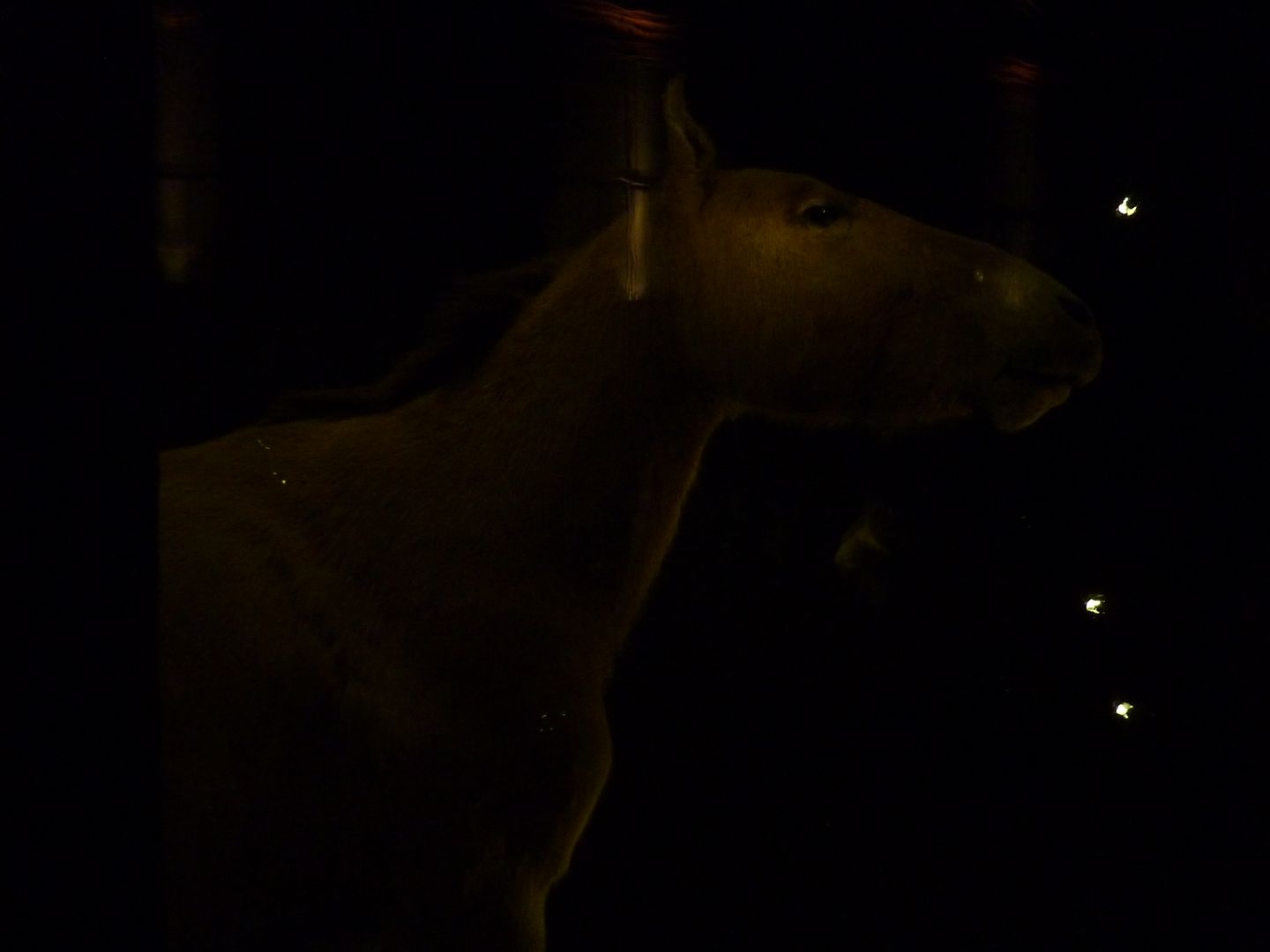
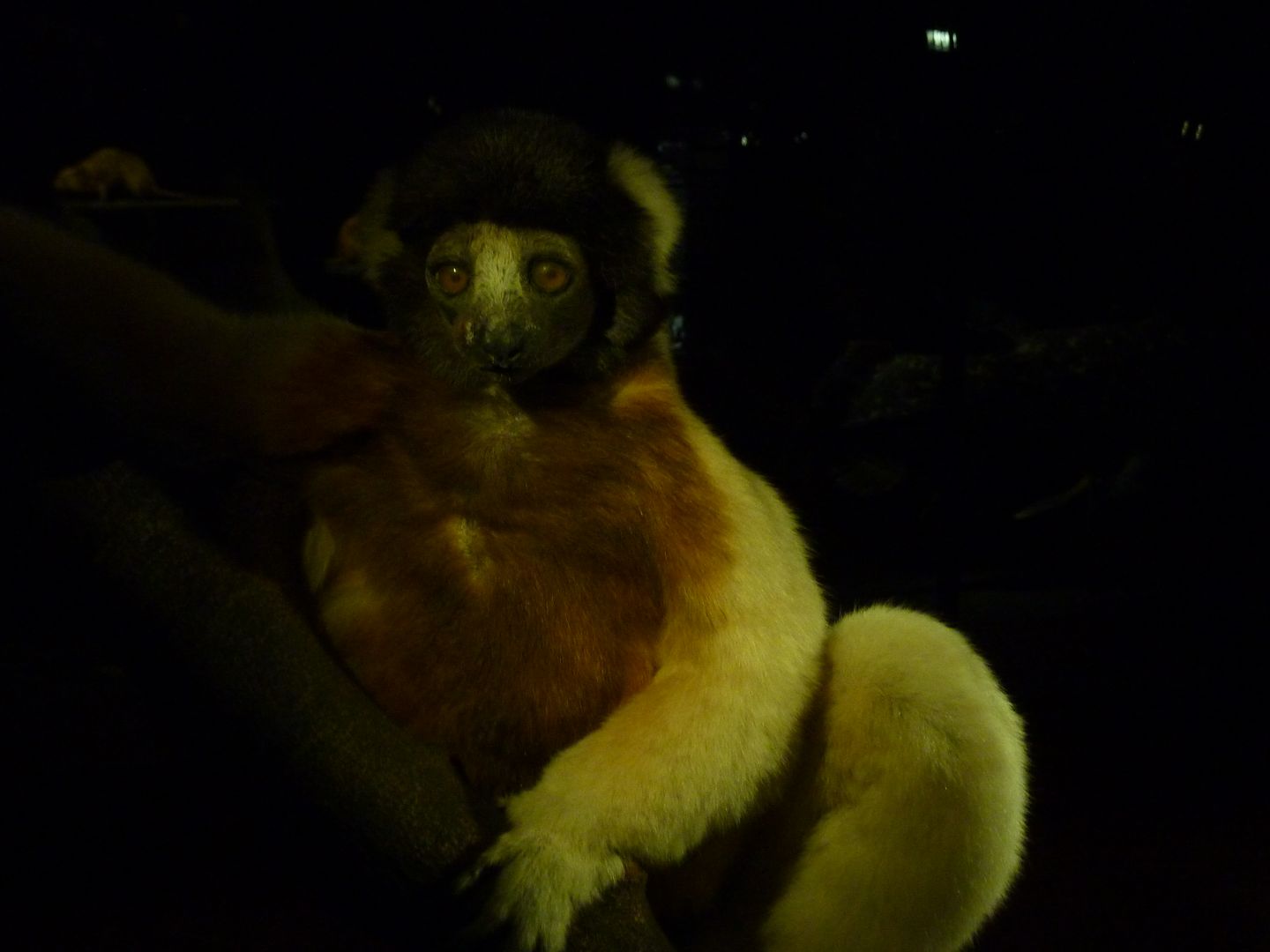 ecaps ecaps
ecaps ecaps 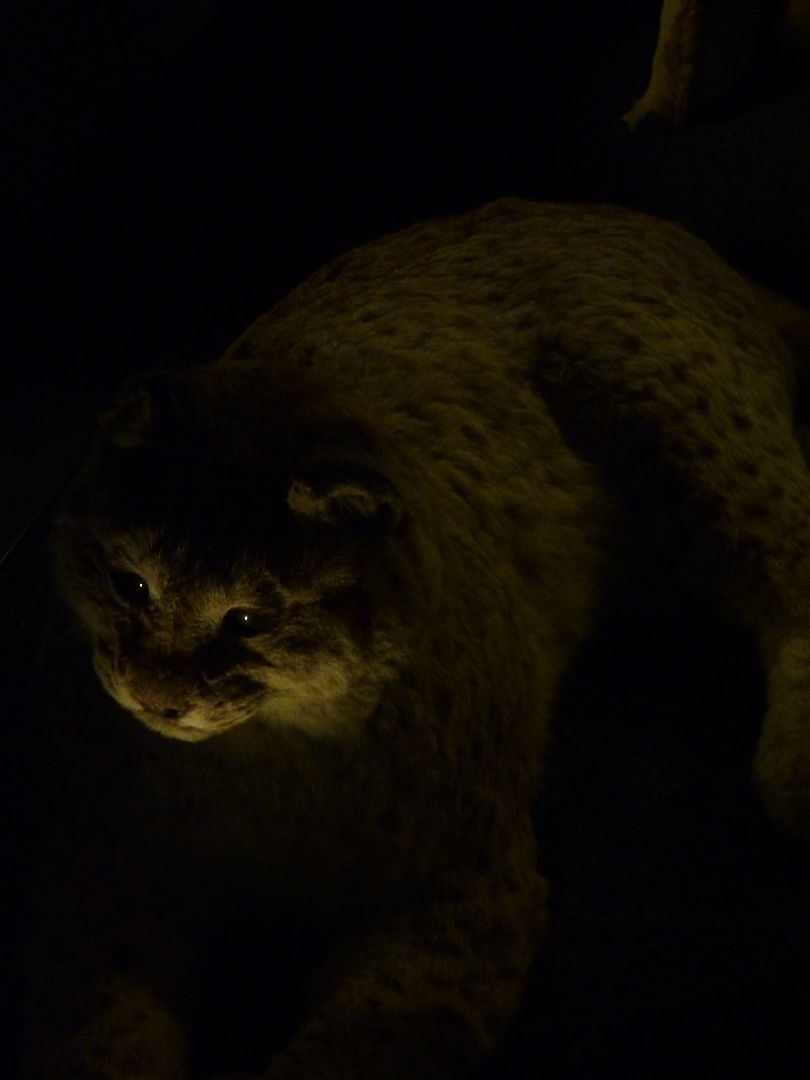
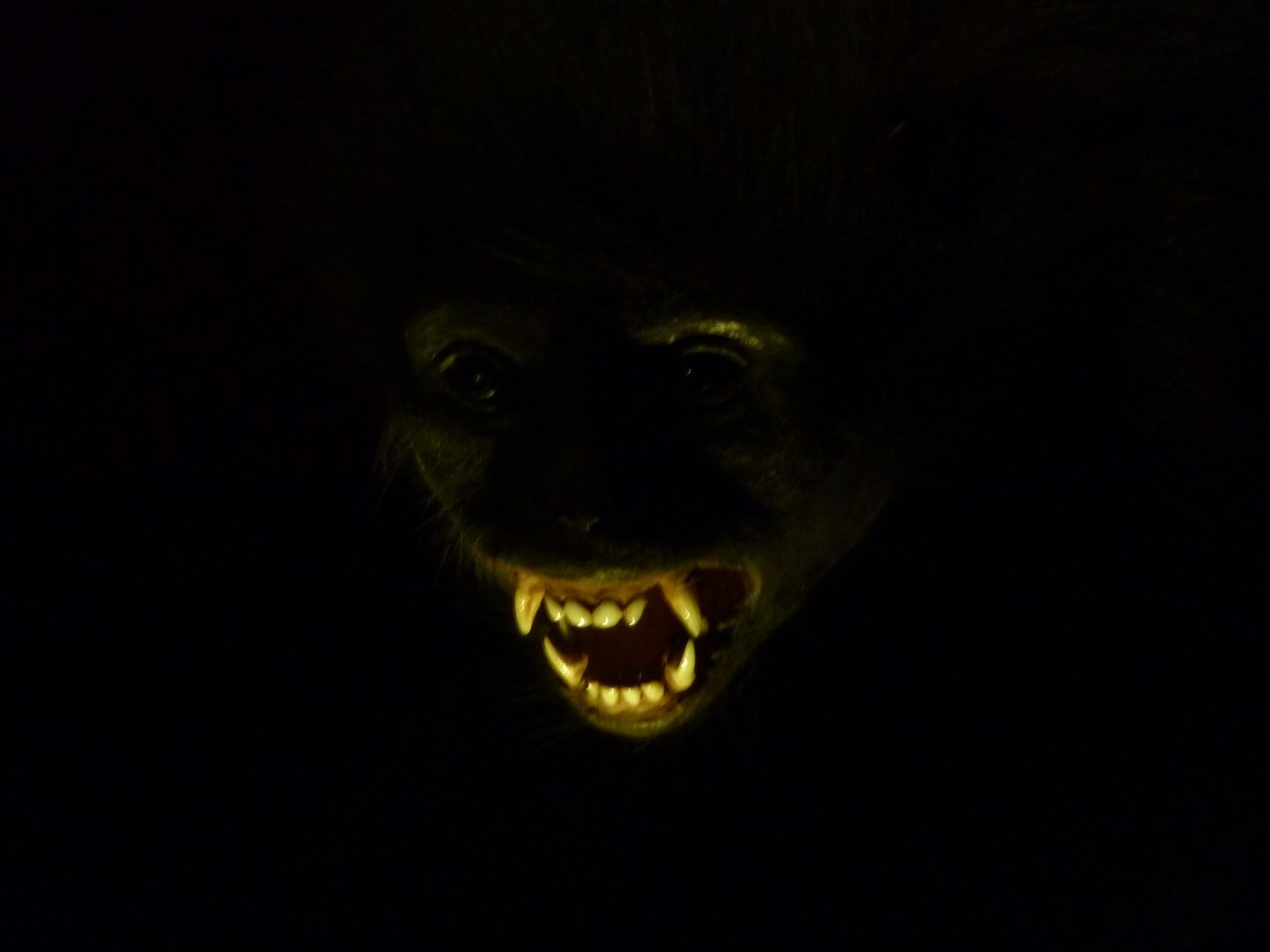
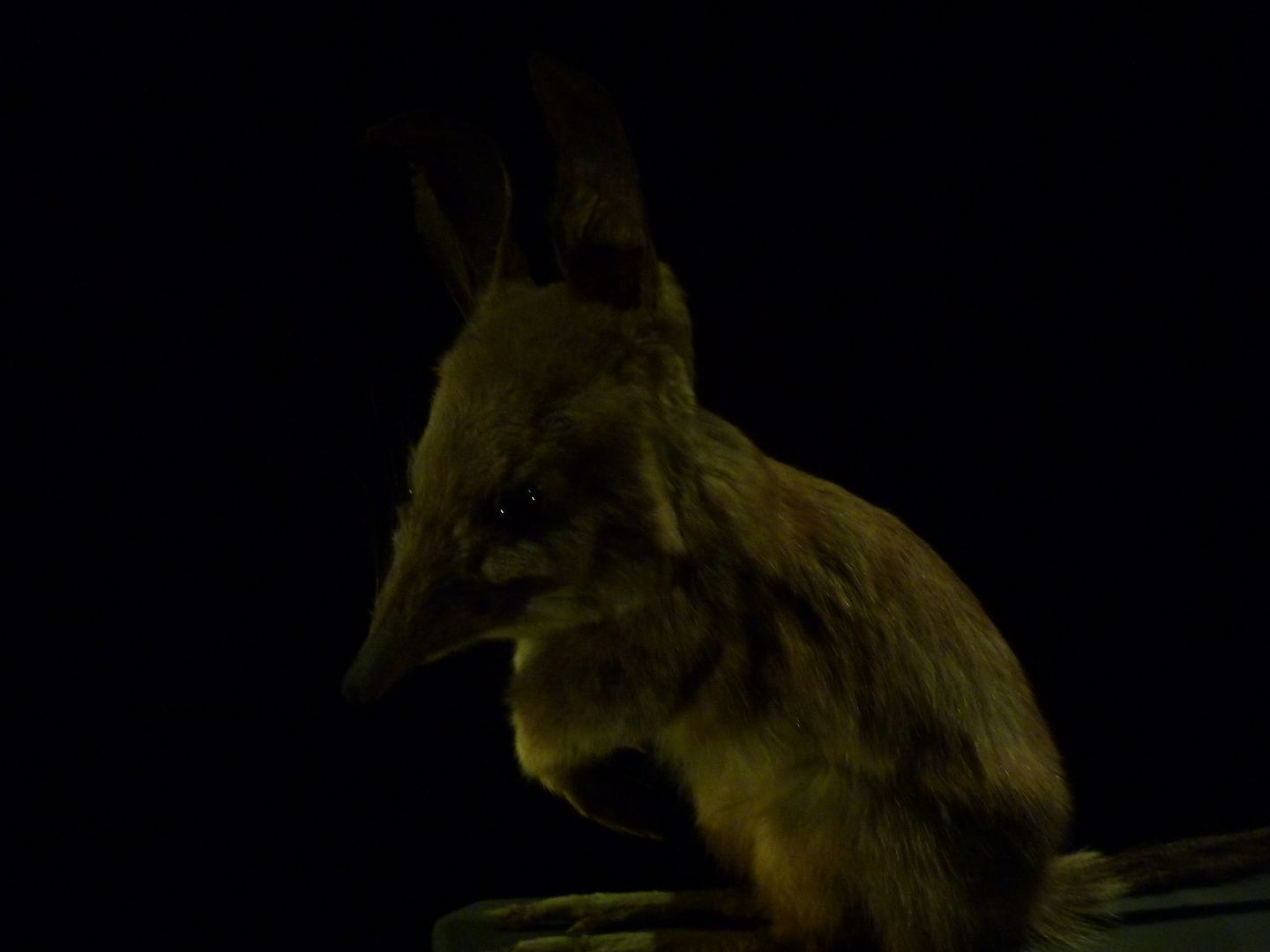 ecaps ecaps
ecaps ecaps 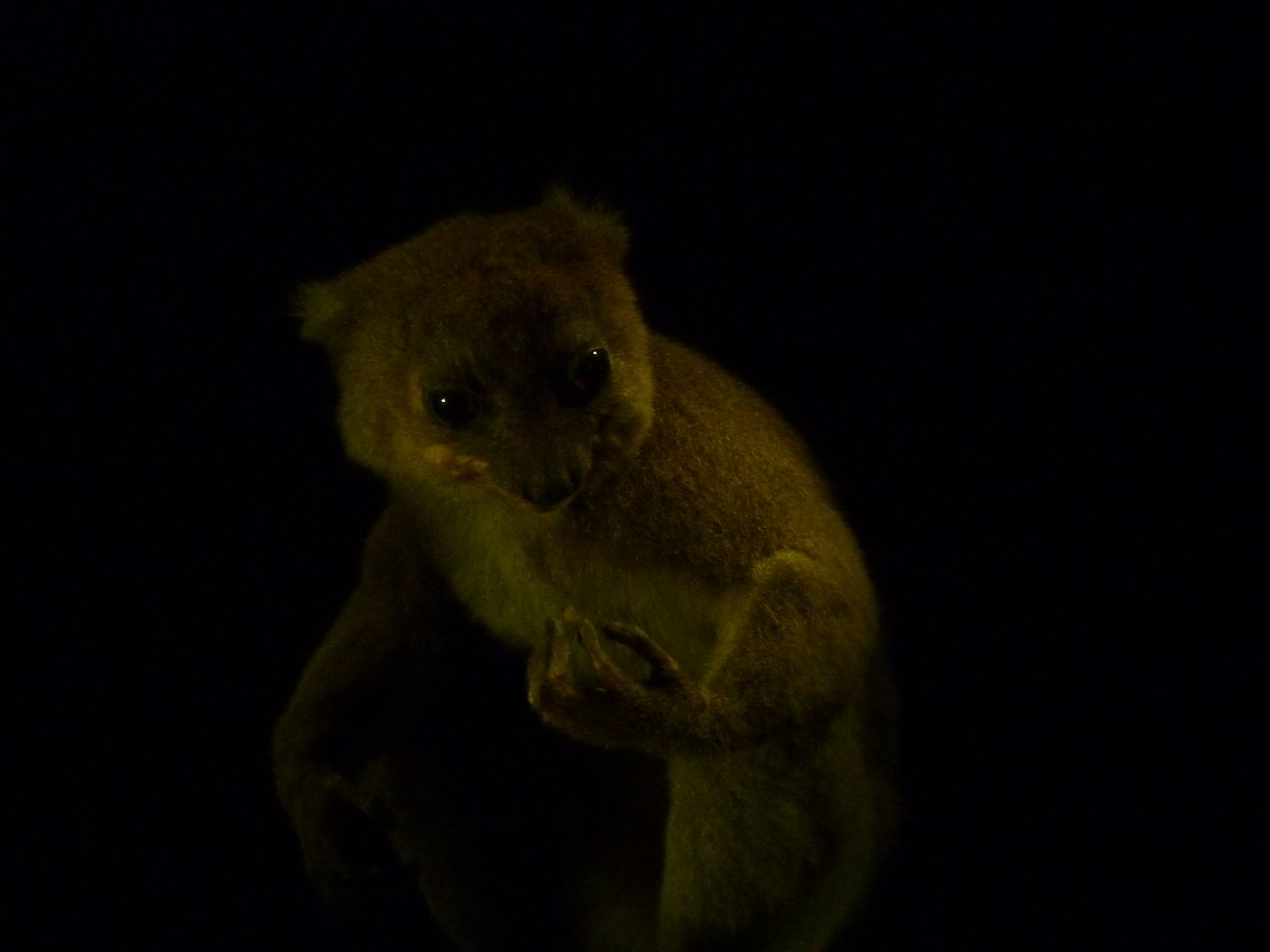
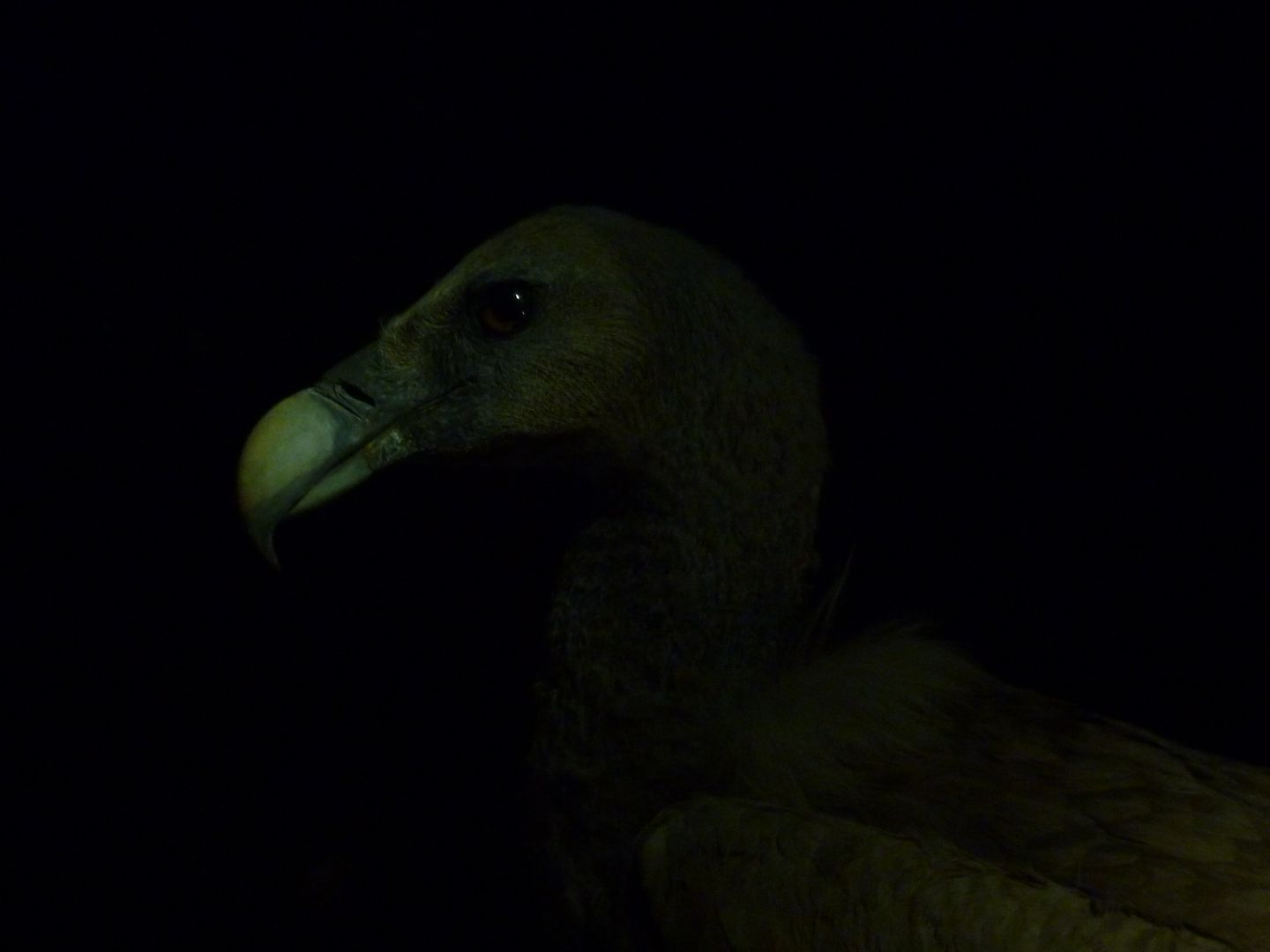 ecaps ecaps ecaps
ecaps ecaps ecaps 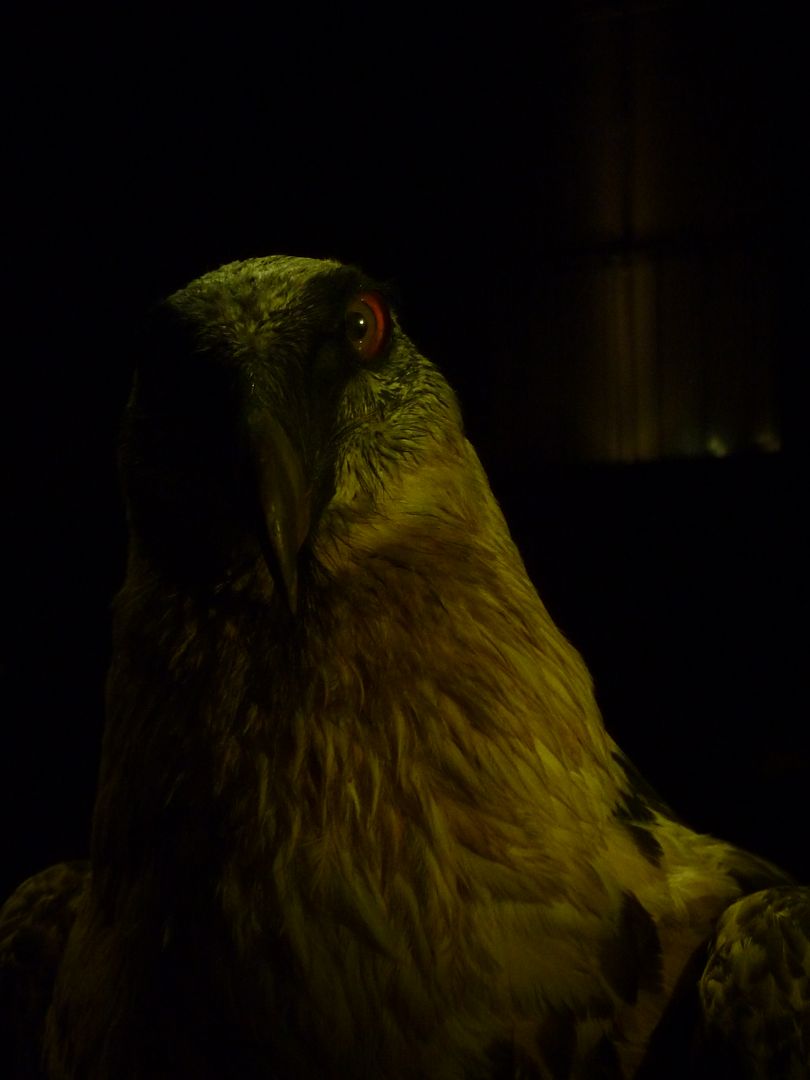 ecaps ecaps ecaps
ecaps ecaps ecaps 
Oh well, maybe the animals had better luck on other planets.
I exited and continued to wander around. This was not really a scientific visit for me, just visual. Yes, I am often a superficial person.
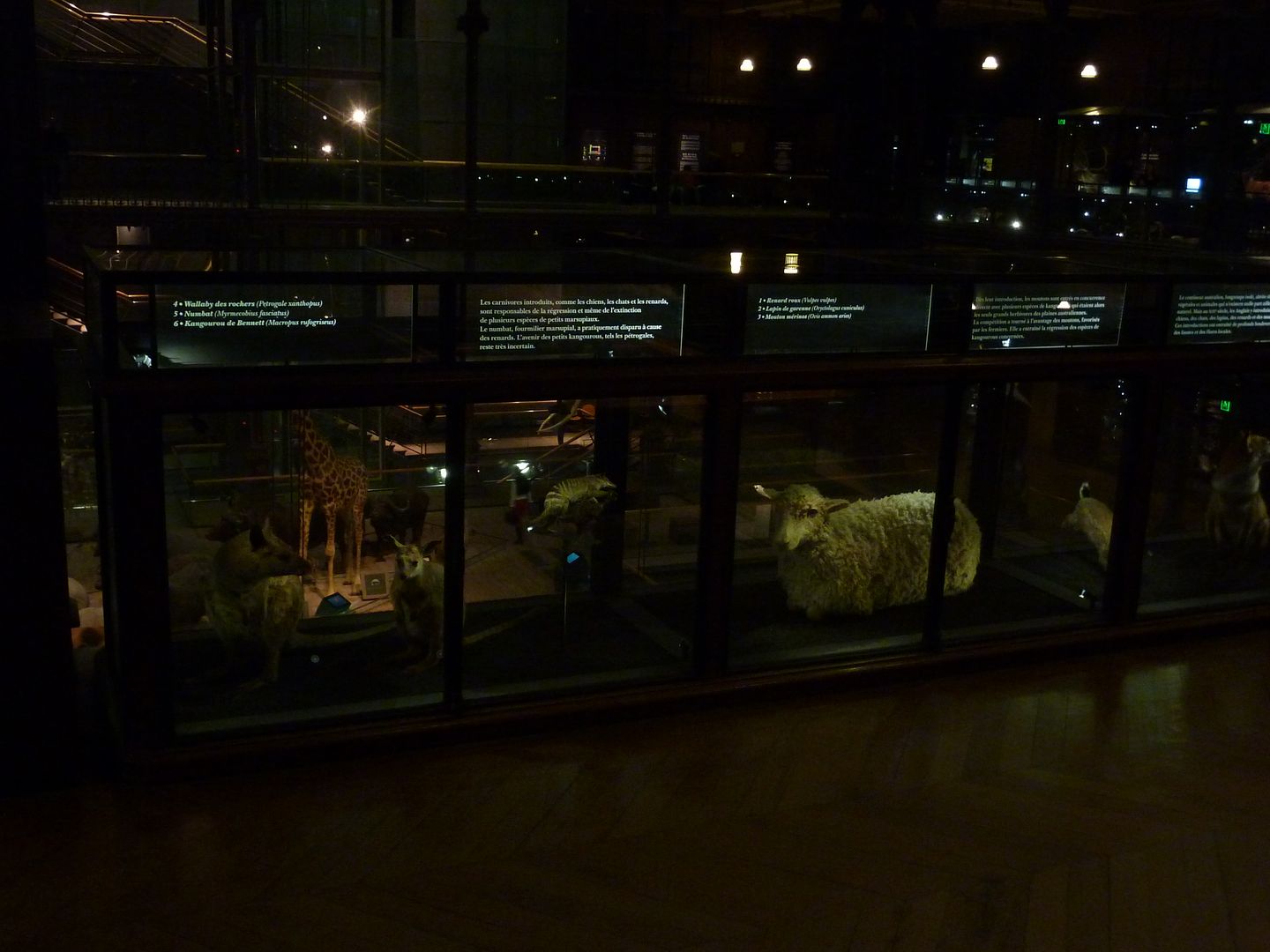
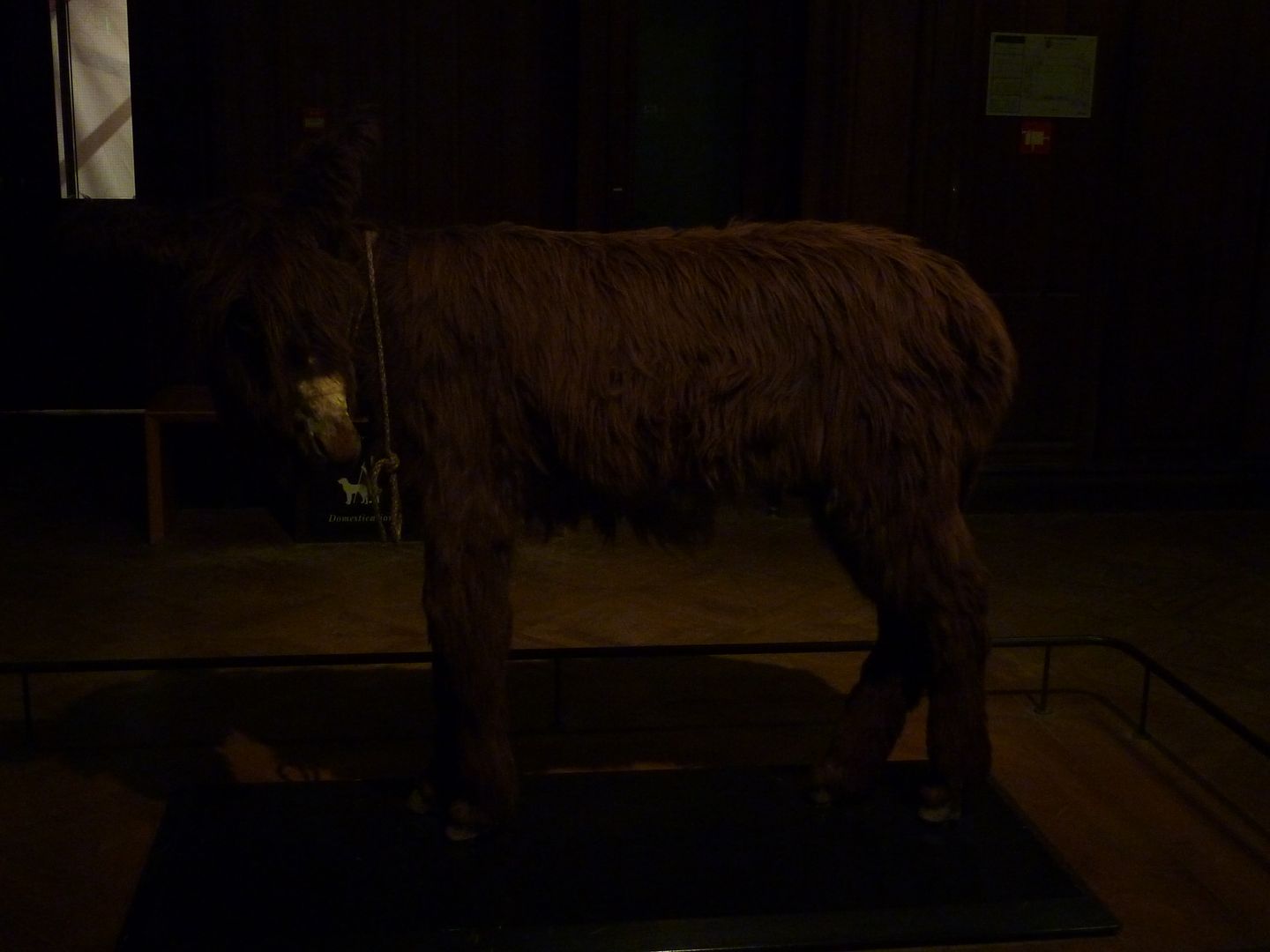

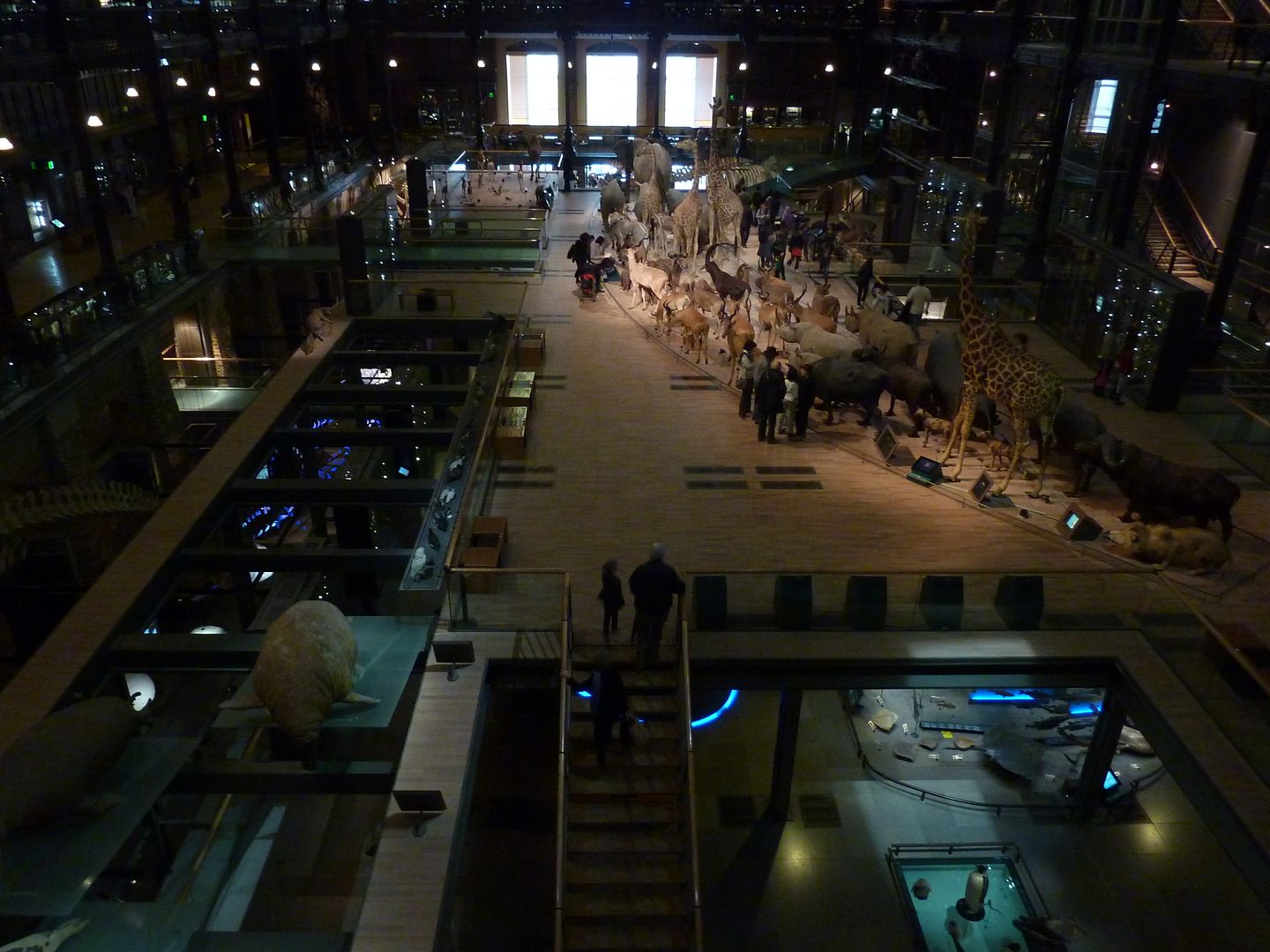
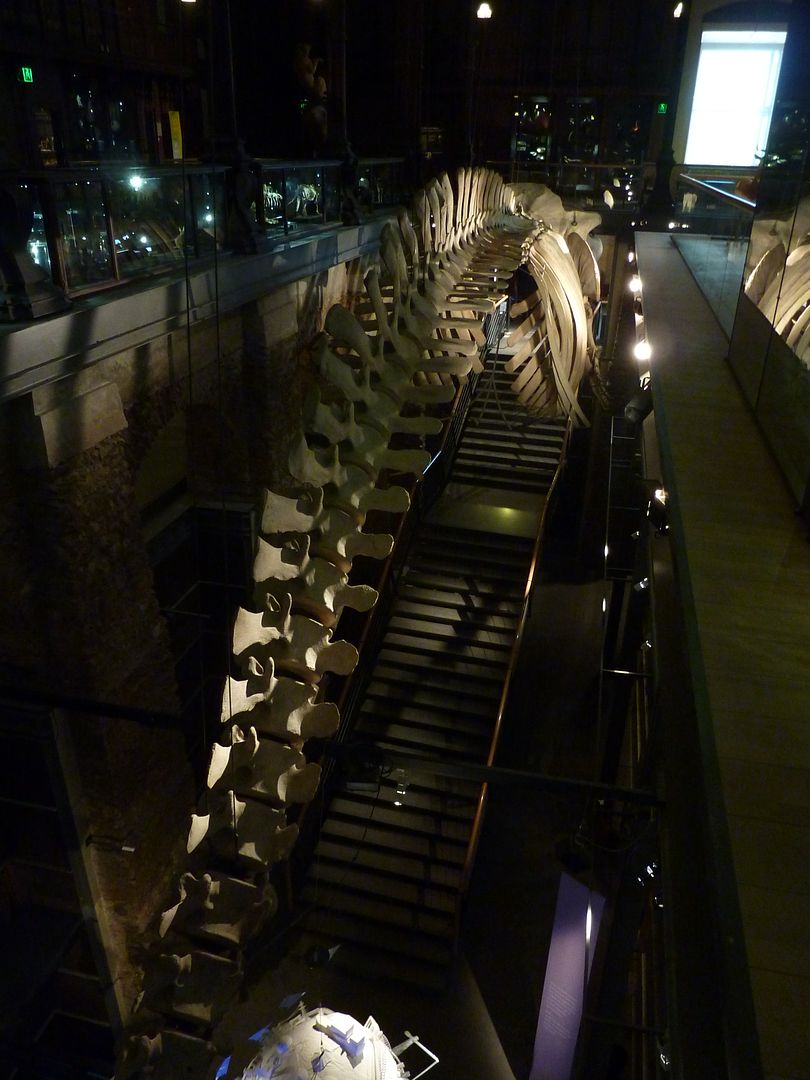
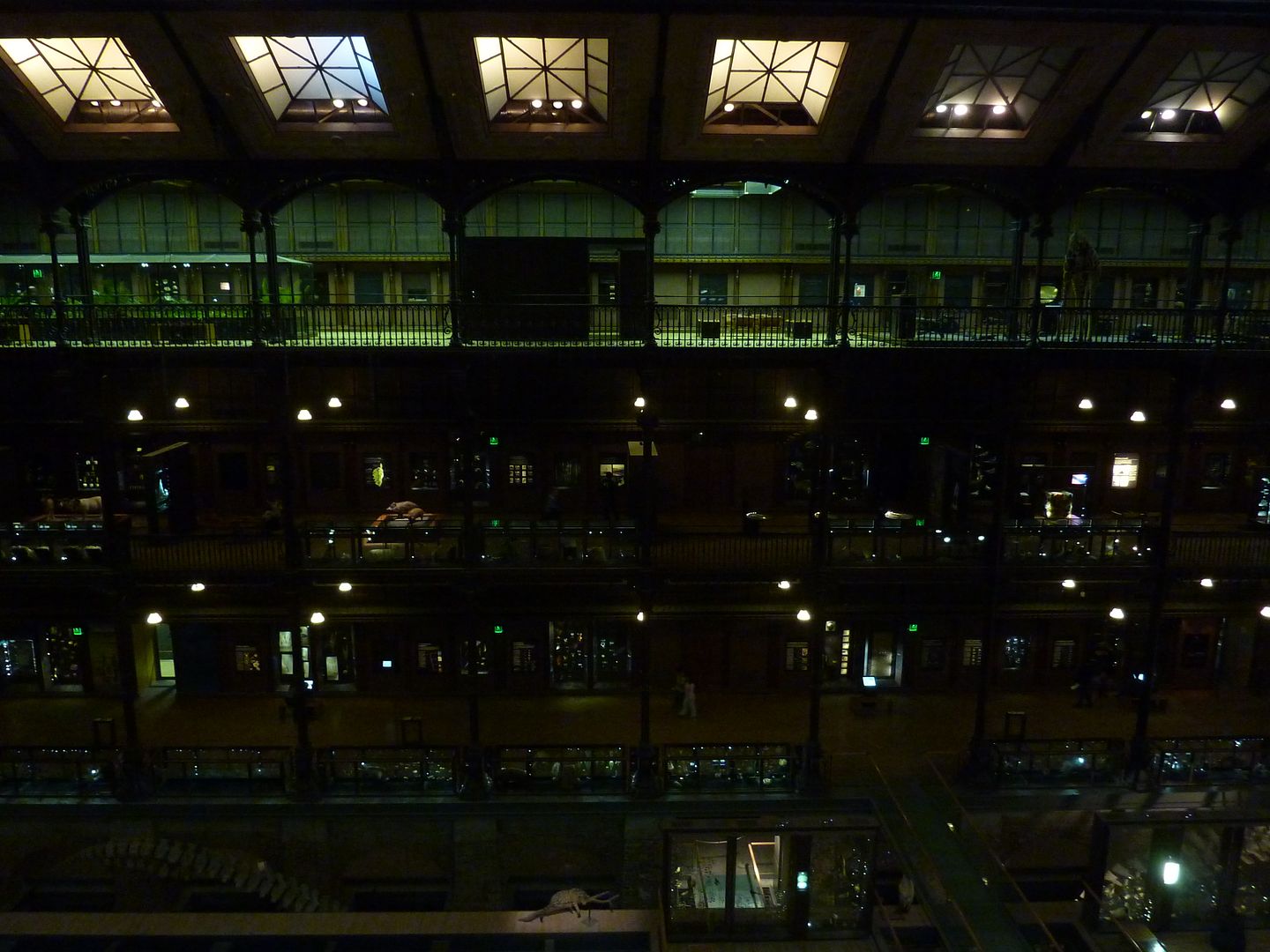
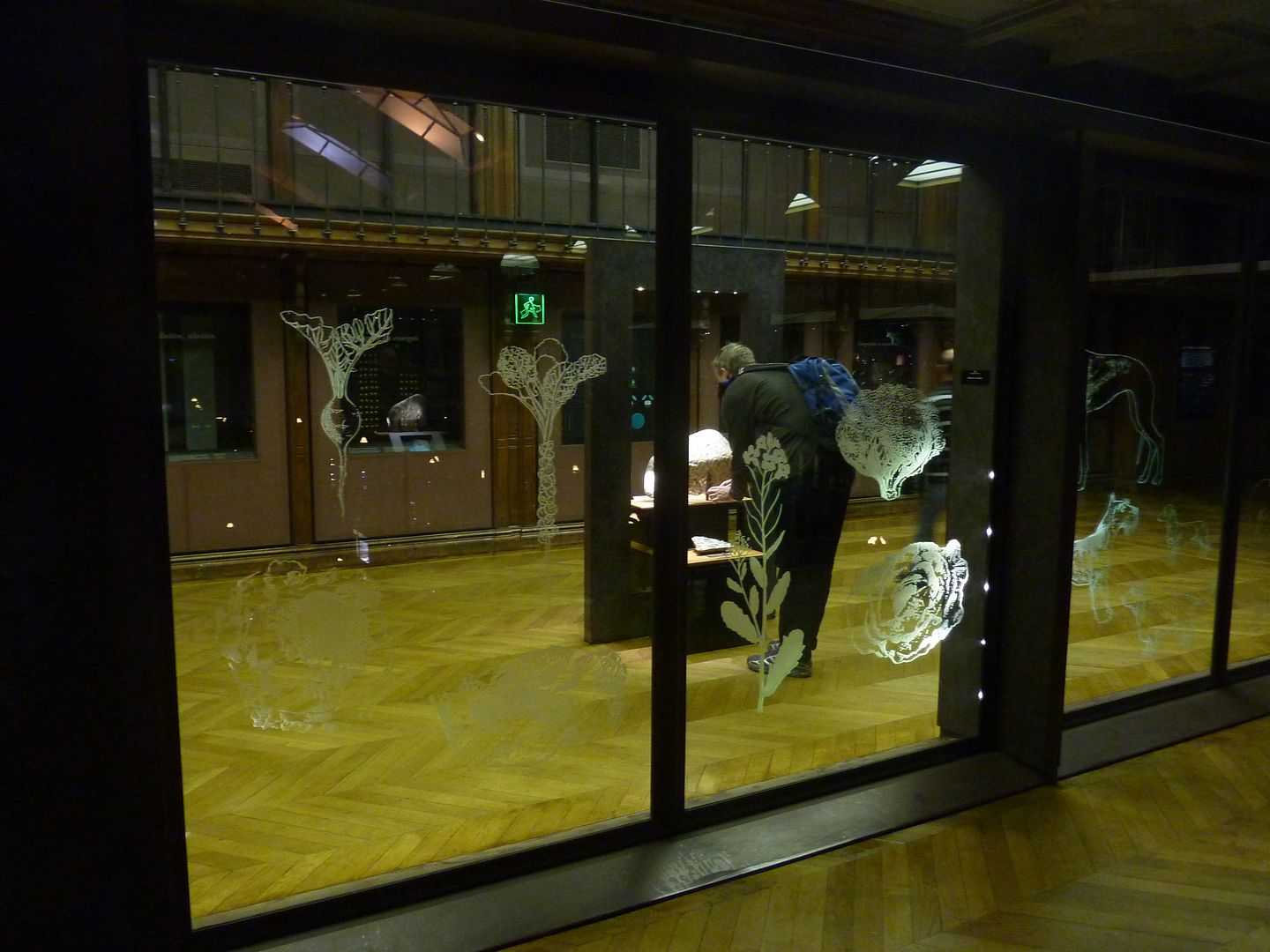
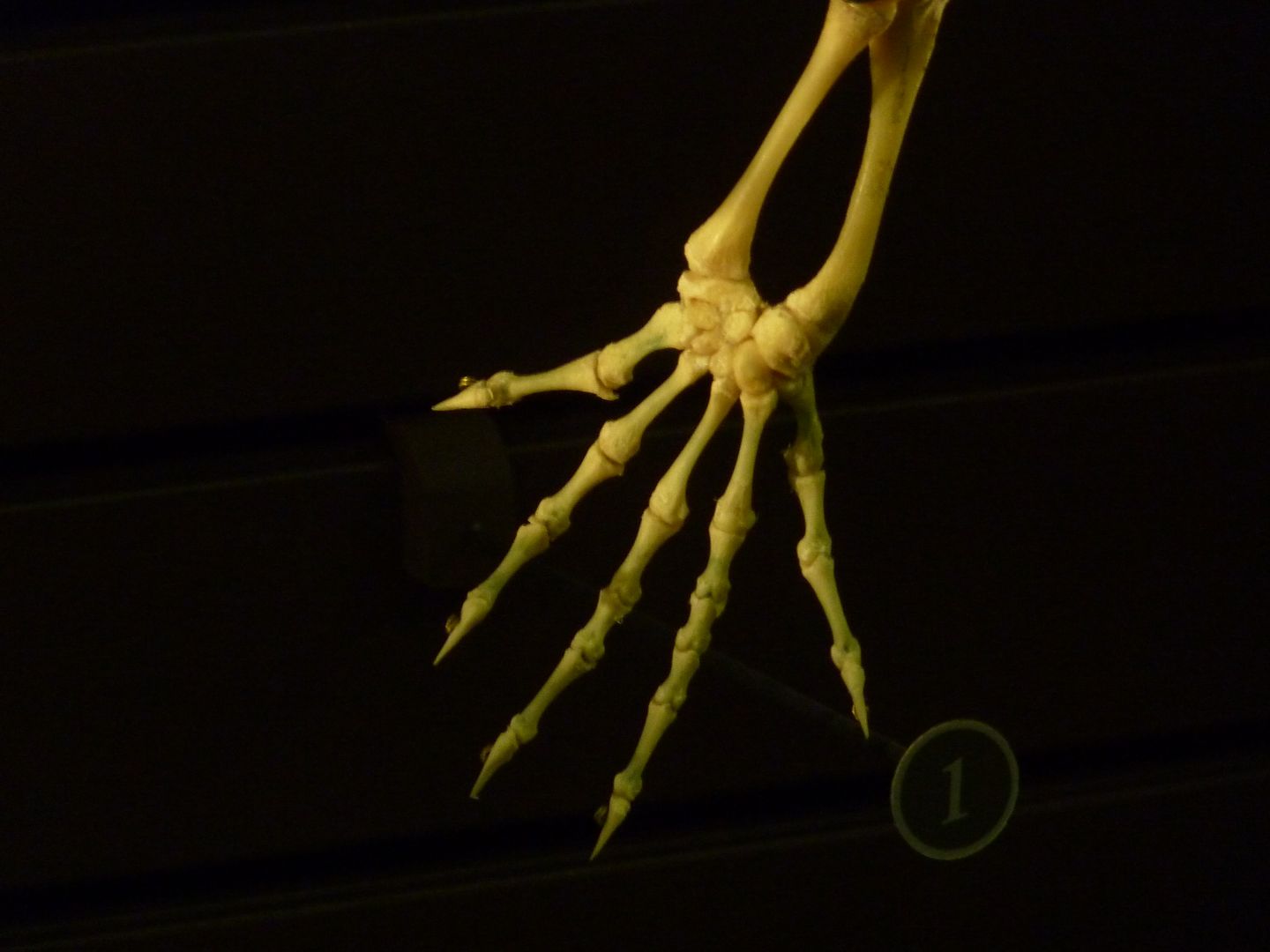
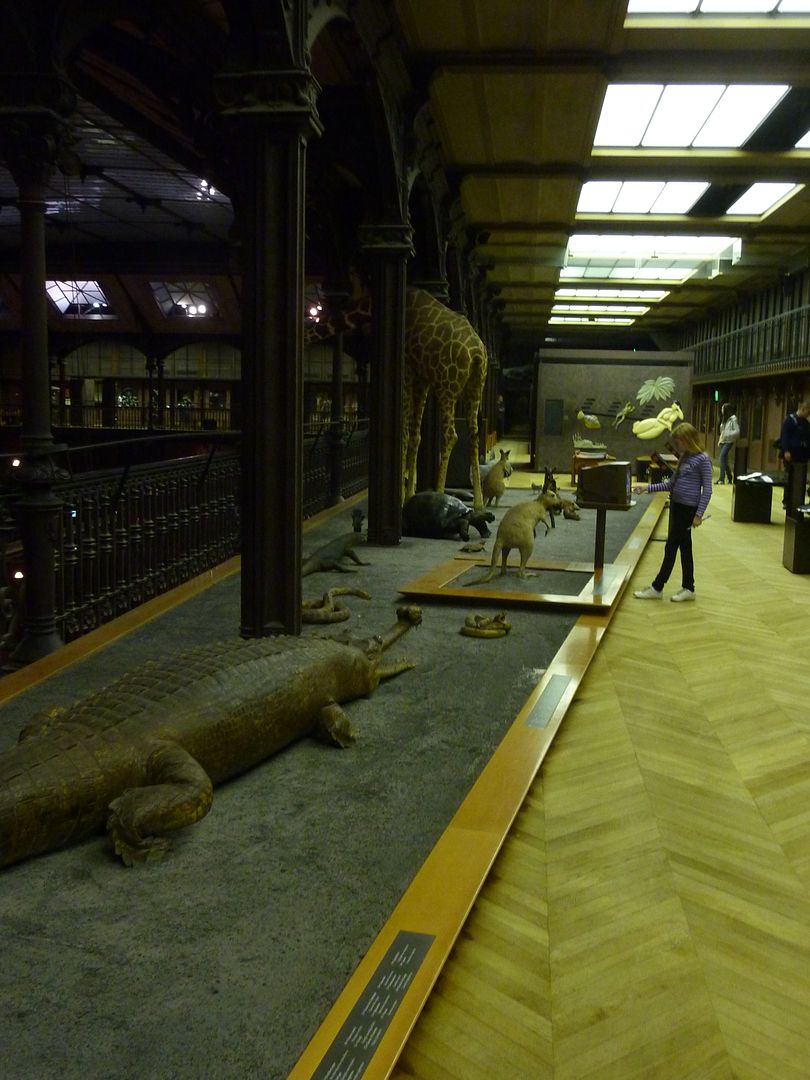
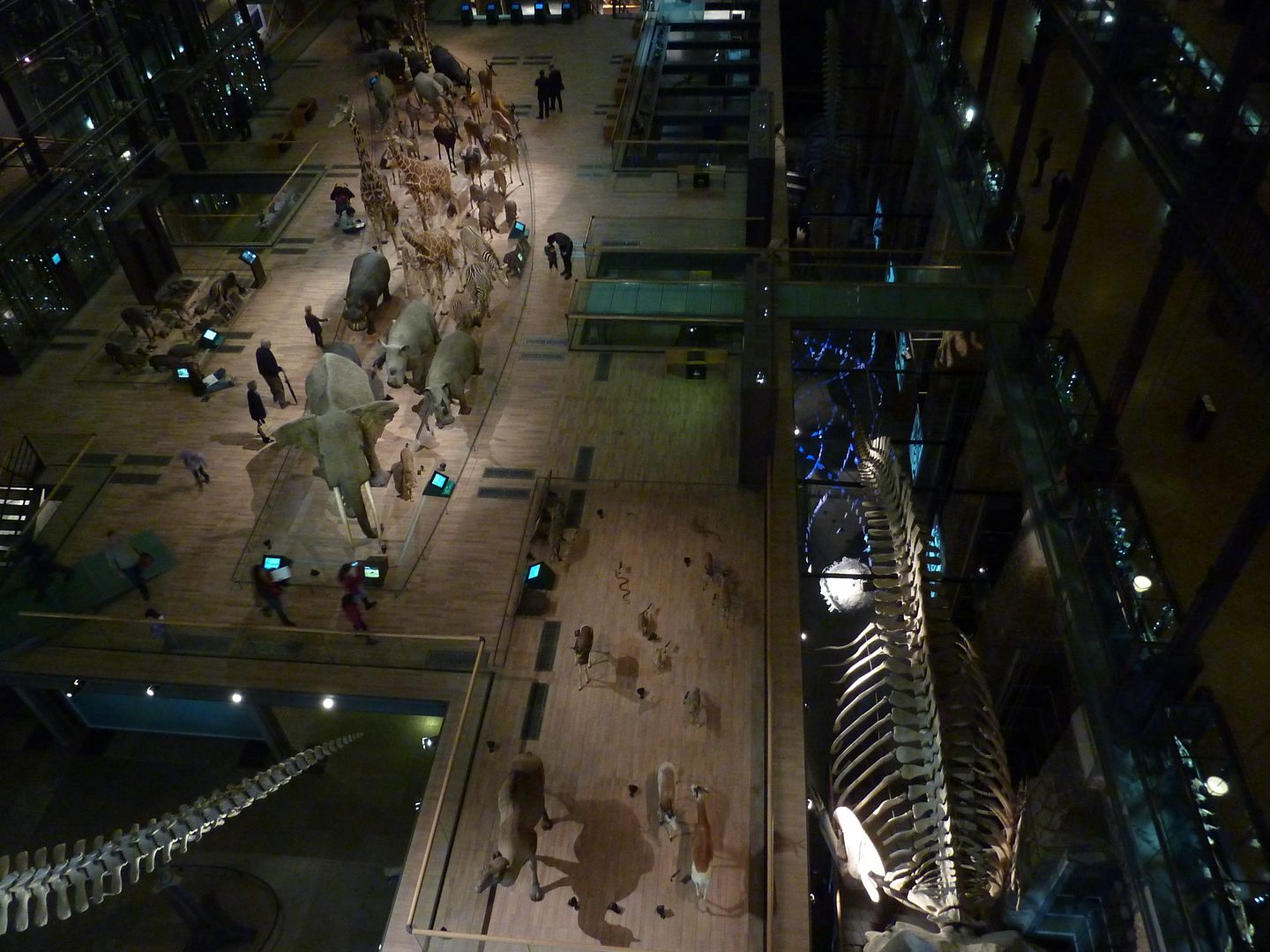
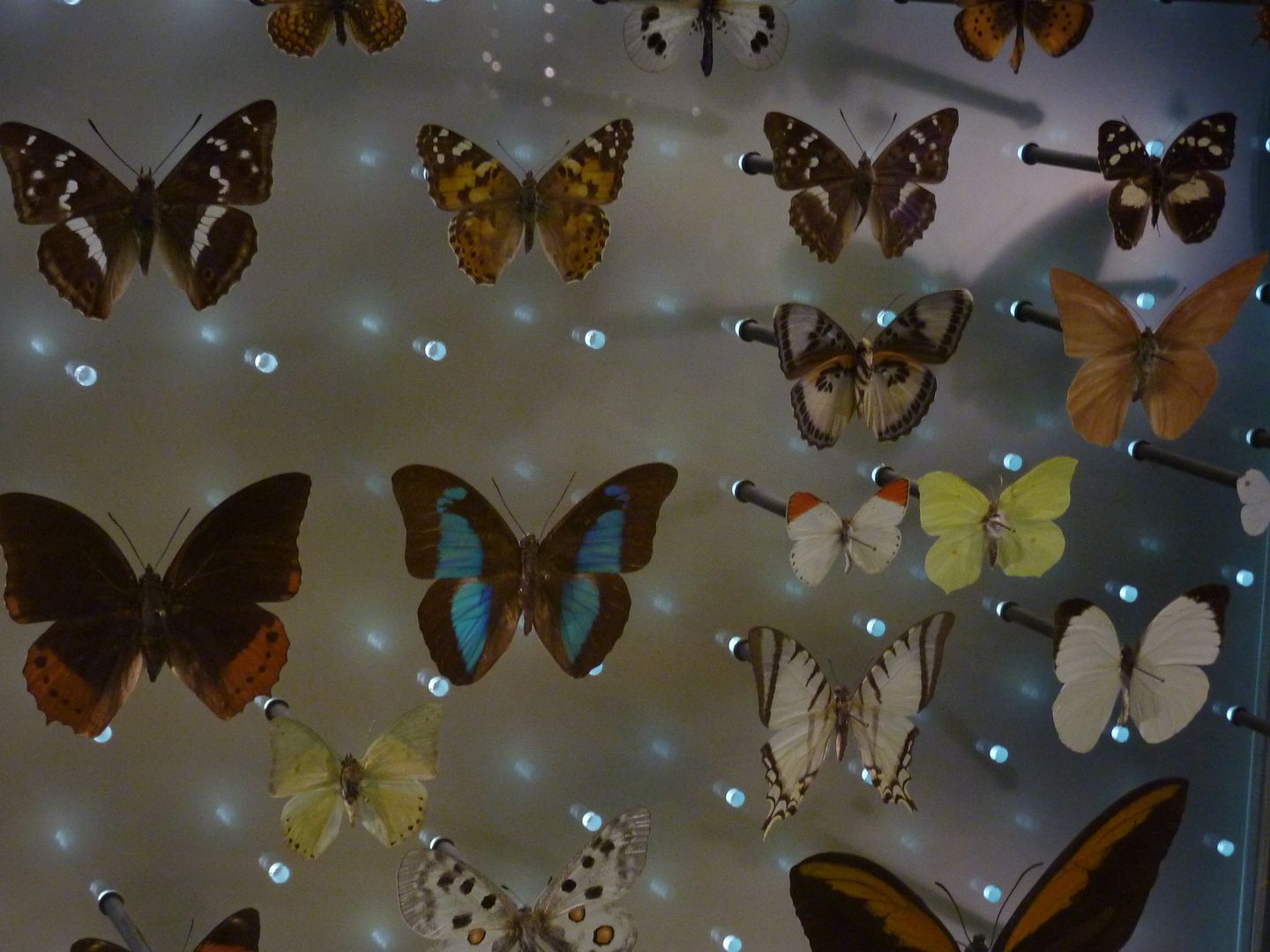
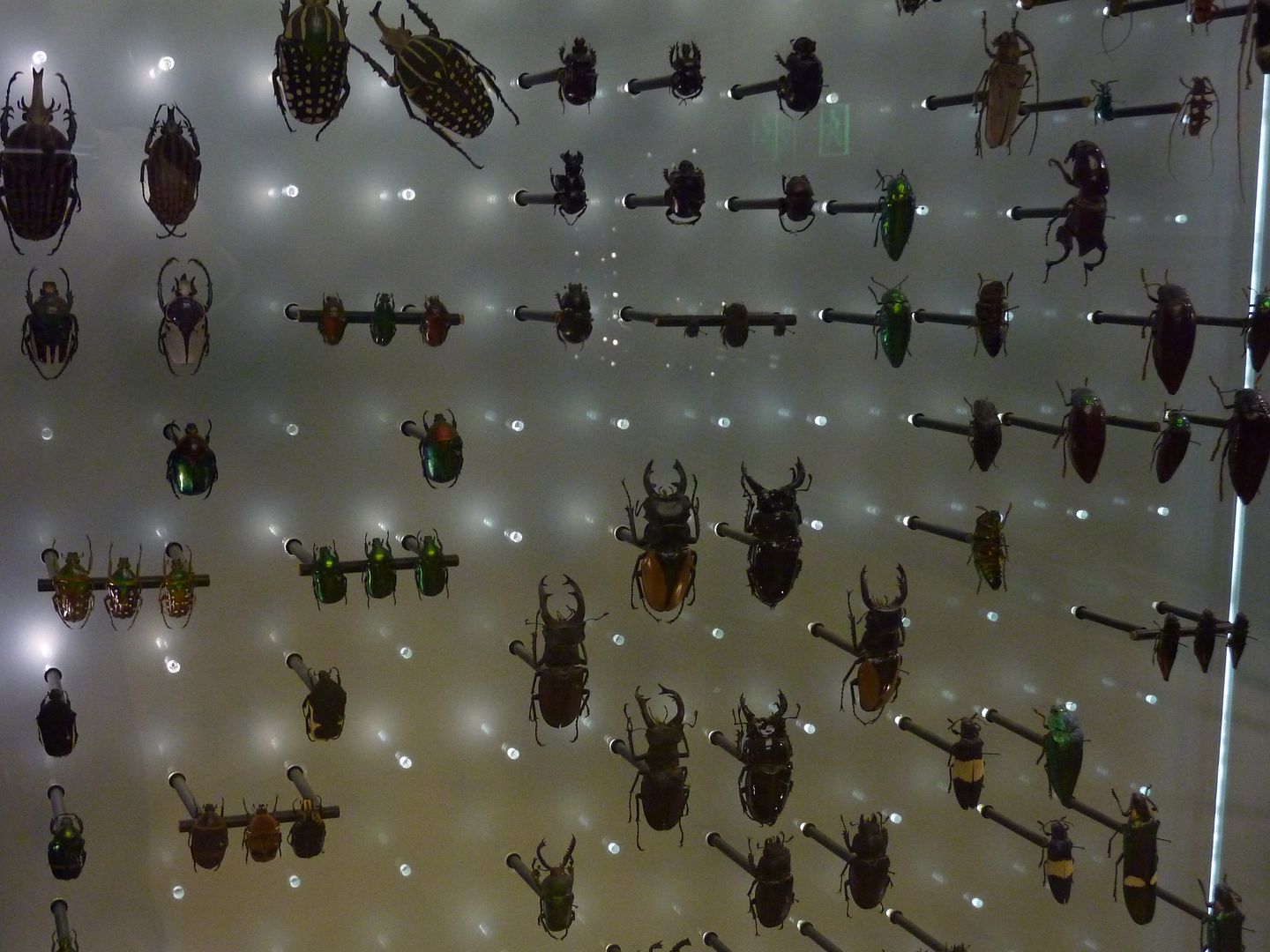
If anybody goes with science in mind, I can assure you that there are a million audiovisual displays, information cards, presentation of the evolution of pollution and many other things. I can't really compare with the natural history museums of most other countries, but I'm pretty sure that this one ranks among the best.
For people who want to see something else in the neighbourhood as well, I will point out that it is right next door to the Paris mosque (on the left).
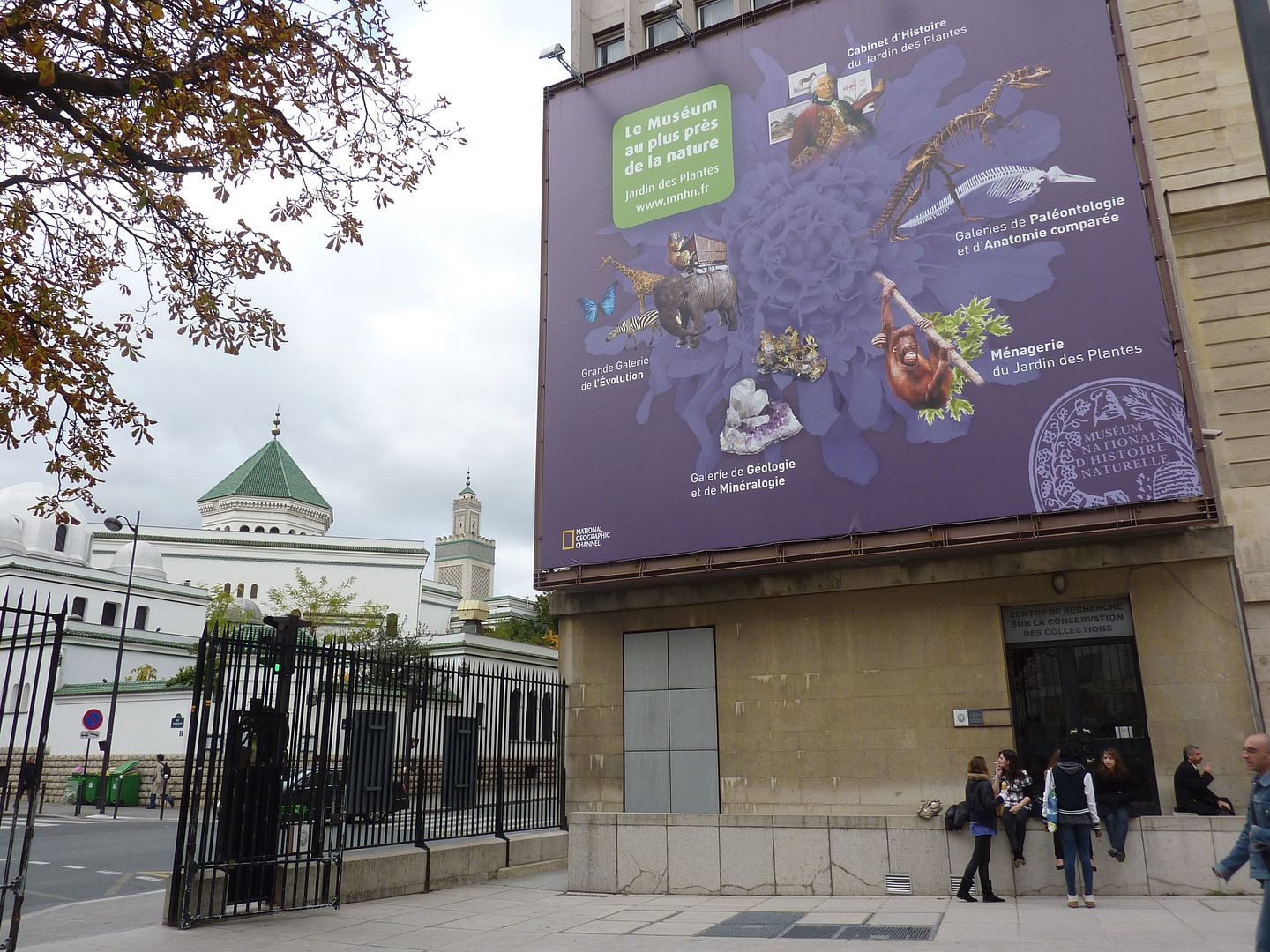
Anybody interested in the rest of the Jardin des Plantes can check out this other thread that I made: anyportinastorm.proboards.com/index.cgi?board=paris&action=display&thread=3931&page=1










 Let the riot begin! LOL -
Let the riot begin! LOL -  hahahha
hahahha